Kyzyl Oi – hiking day with little surprises
18. August 2023
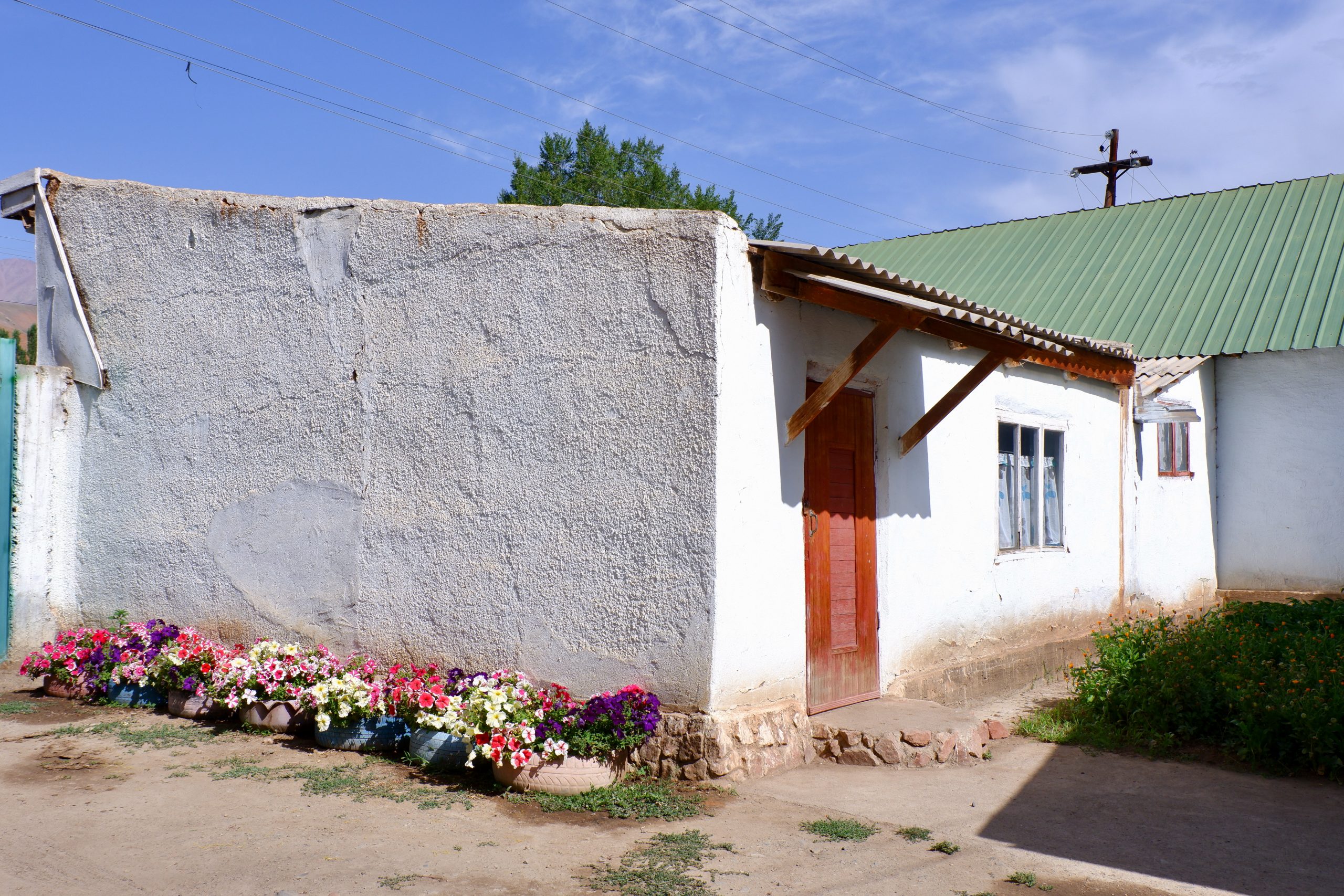
Kyzyl Oi has some tourism, which we saw on some guesthouse signs and another tourist couple. It is praised as one of the few villages that still have good structures from pre-Soviet times. The only village in this area on the old Silk Road, it was one of the rarer villages in a predominantly nomadic place. The houses are also said to be more like they used to be. I didn’t really see the latter (our guesthouse above). But that the village was different and more pleasant was obvious. People had small fields right next to their properties and were busy farming. It just didn’t look so Soviet. During an evening walk, it smelled for the first time perceptibly to me the way I think a village should smell on a summer evening: animals, mown grass, vegetation, little streams.
At the guesthouse we were warmly welcomed by the landlord – whom we did not really see again afterwards. His wife cared for us and spoke no English. She had married here from Bishkek and didn’t seem very happy. Her children are grown up and have moved away. Unfortunately, I couldn’t find out that much about getting married in the country and the situation in the new village (except that it is rare to marry within a village). How do the new people integrate? Is it always the women who move? Are they well received? Are there occasions that reinforce this (like festivities)? Do couples/families also look for a new (village) home? In Kara Suu with the felt women, neighbours often came by, here we didn’t see any. But that could also be a coincidence. In any case, there were again unanswered questions.
By the way, Kyzyl means “red” – fitting for the many red rocks. When you arrive, it looks as if the houses are clustered in the valley and there is only barren rocky landscape to the left and right. Maps.me showed a path of 7 km along a river, then there would be a bridge and on the other side it would go down again, all with about 400 metres of altitude. That sounded very good. I prepared myself to hike around in dry, colourful countryside. We started in the village, where I photographed the agriculture. I was thrilled by the slender tall poplars, they totally reminded me of Ladakh along with the colourful barren mountains.
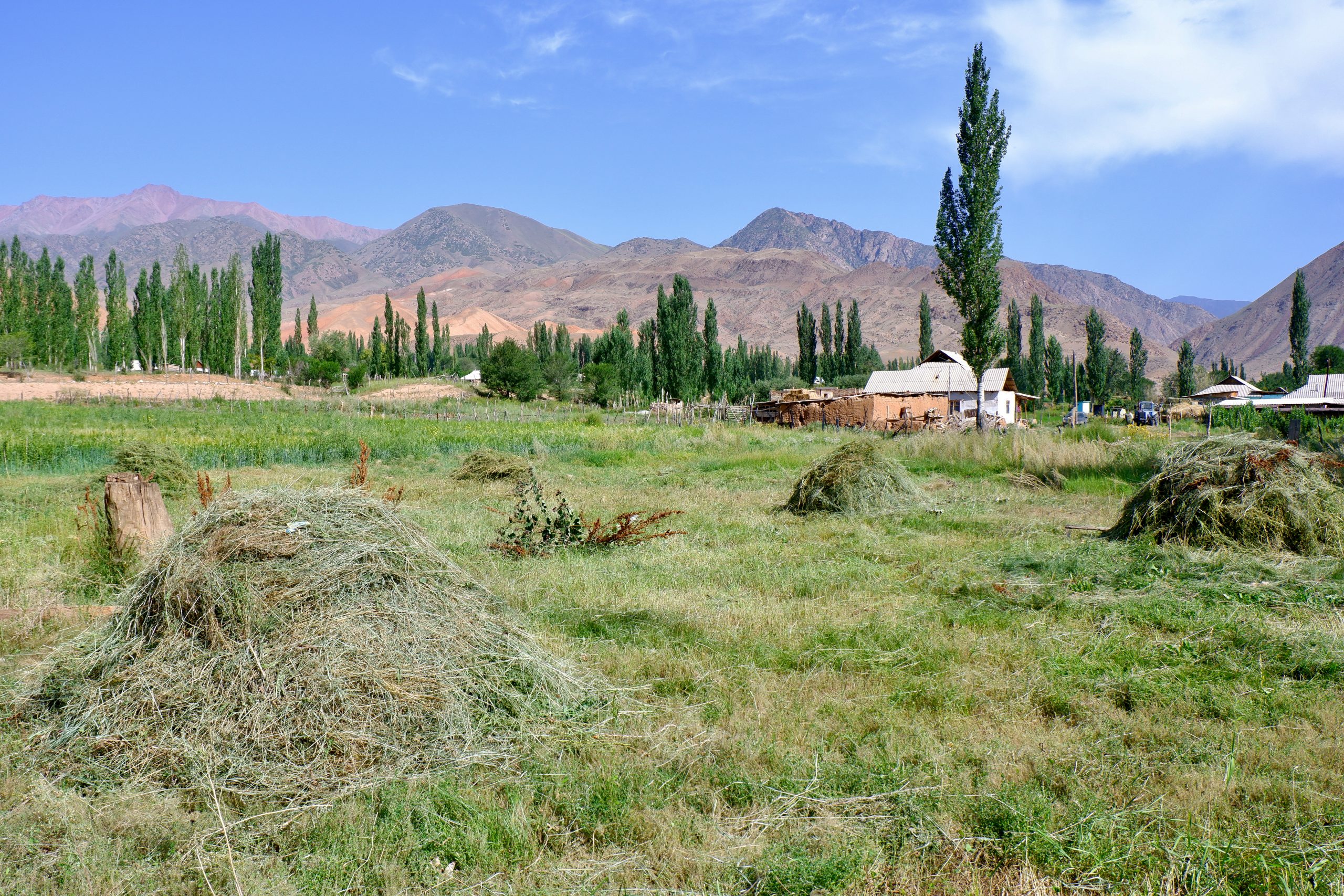 hay to be
hay to be
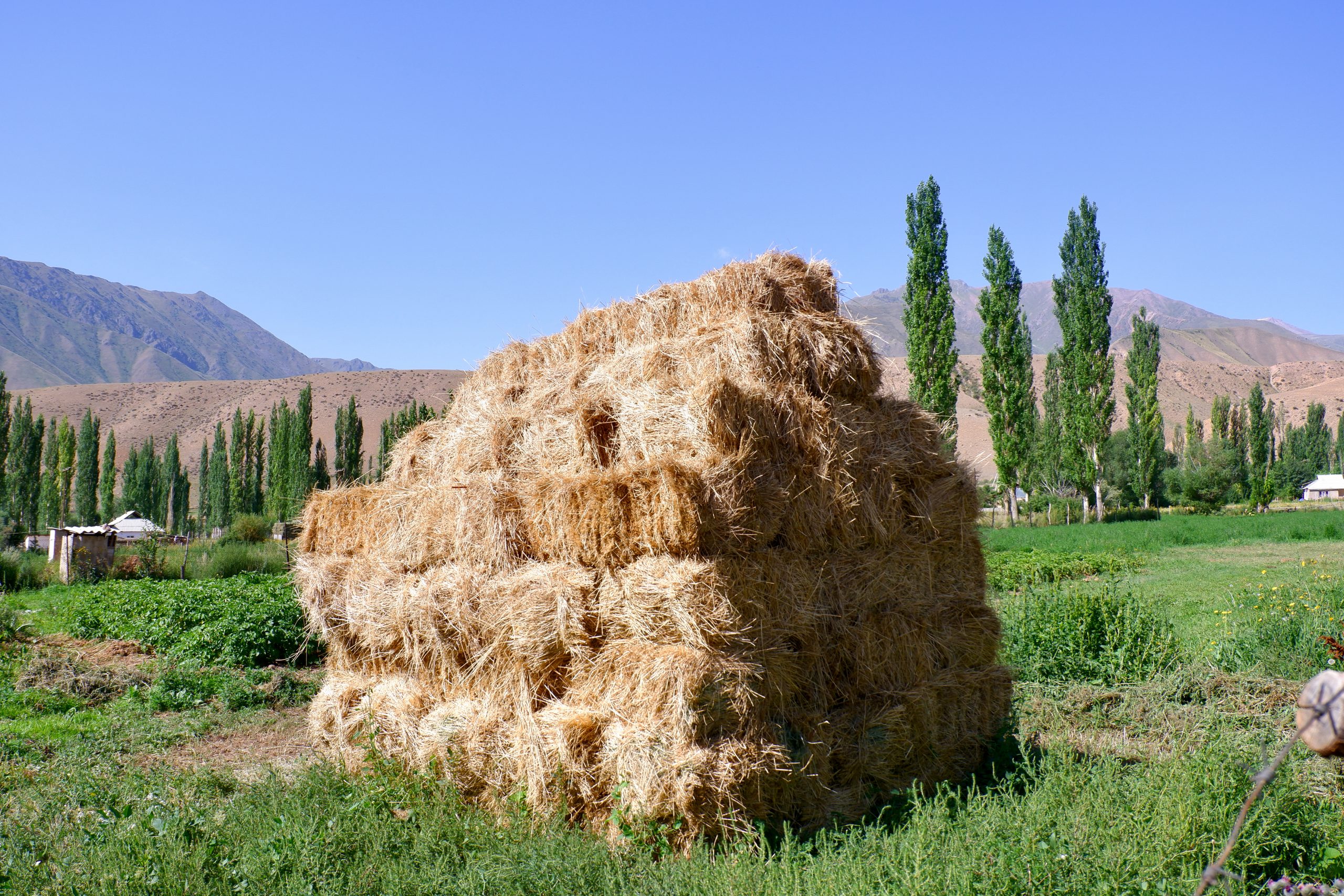 bale of straw
bale of straw
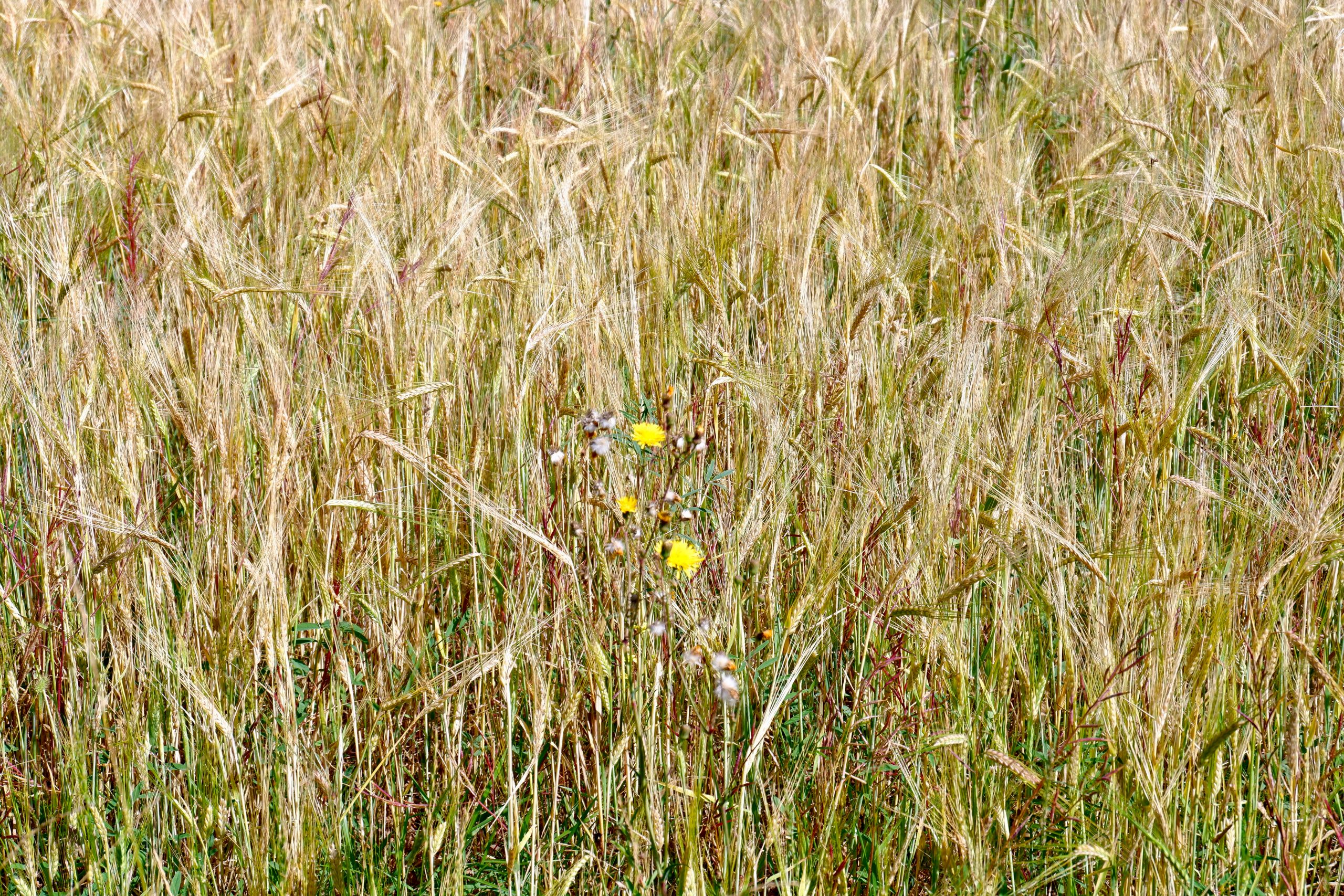 corn
corn
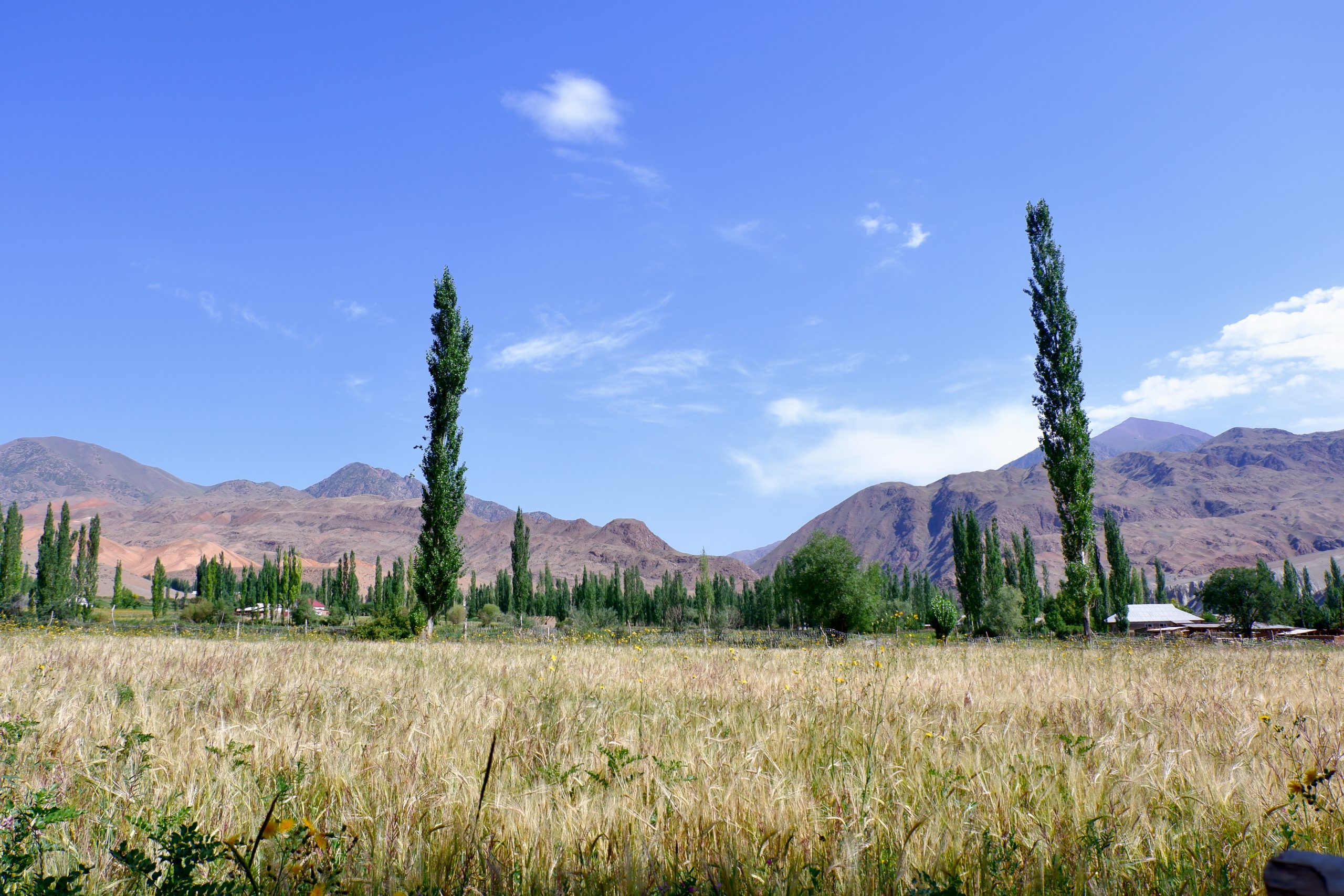 cornfield
cornfield
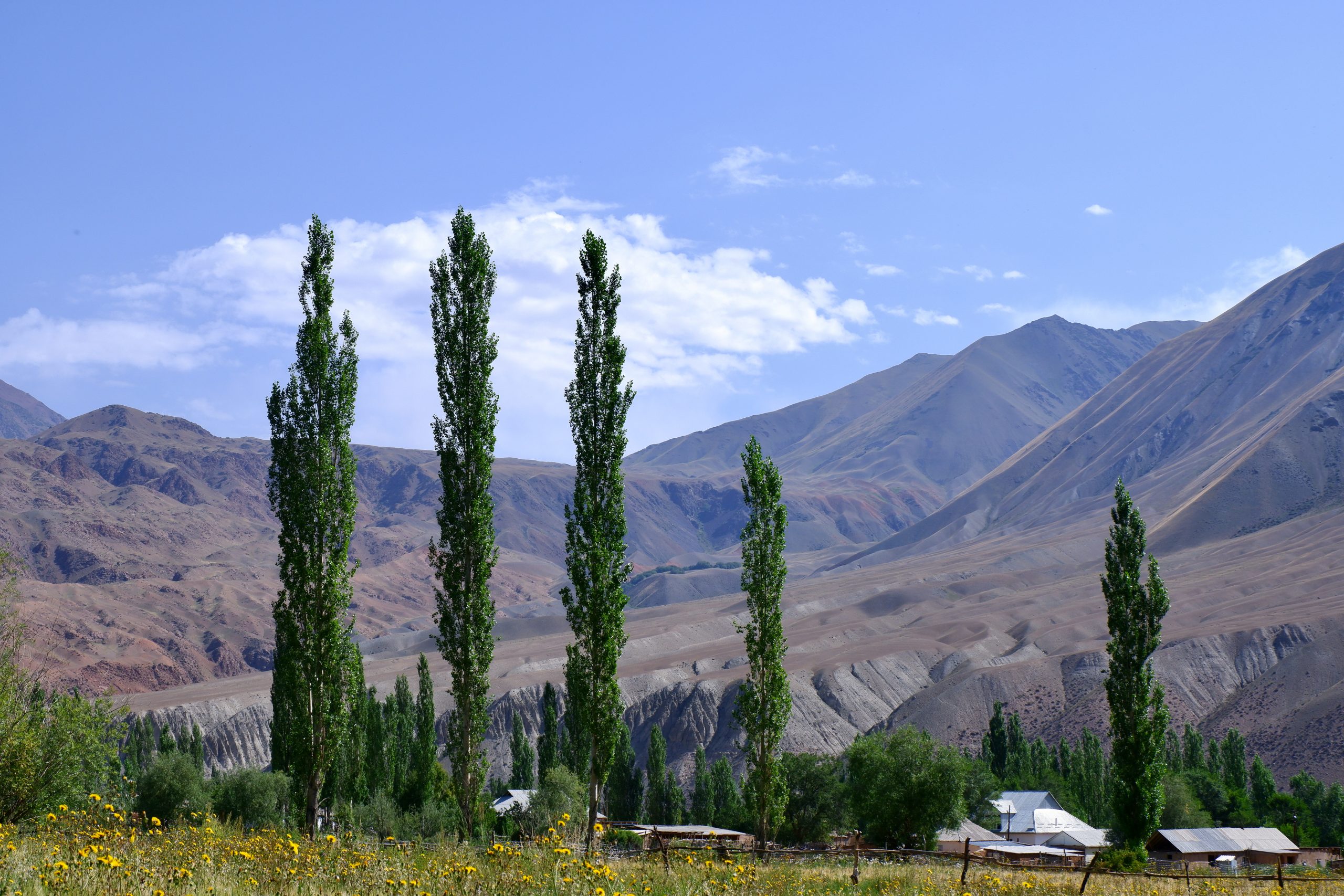 poplars
poplars
Then we went up a dust valley. There were few people also right on this path and we wondered where they were going.
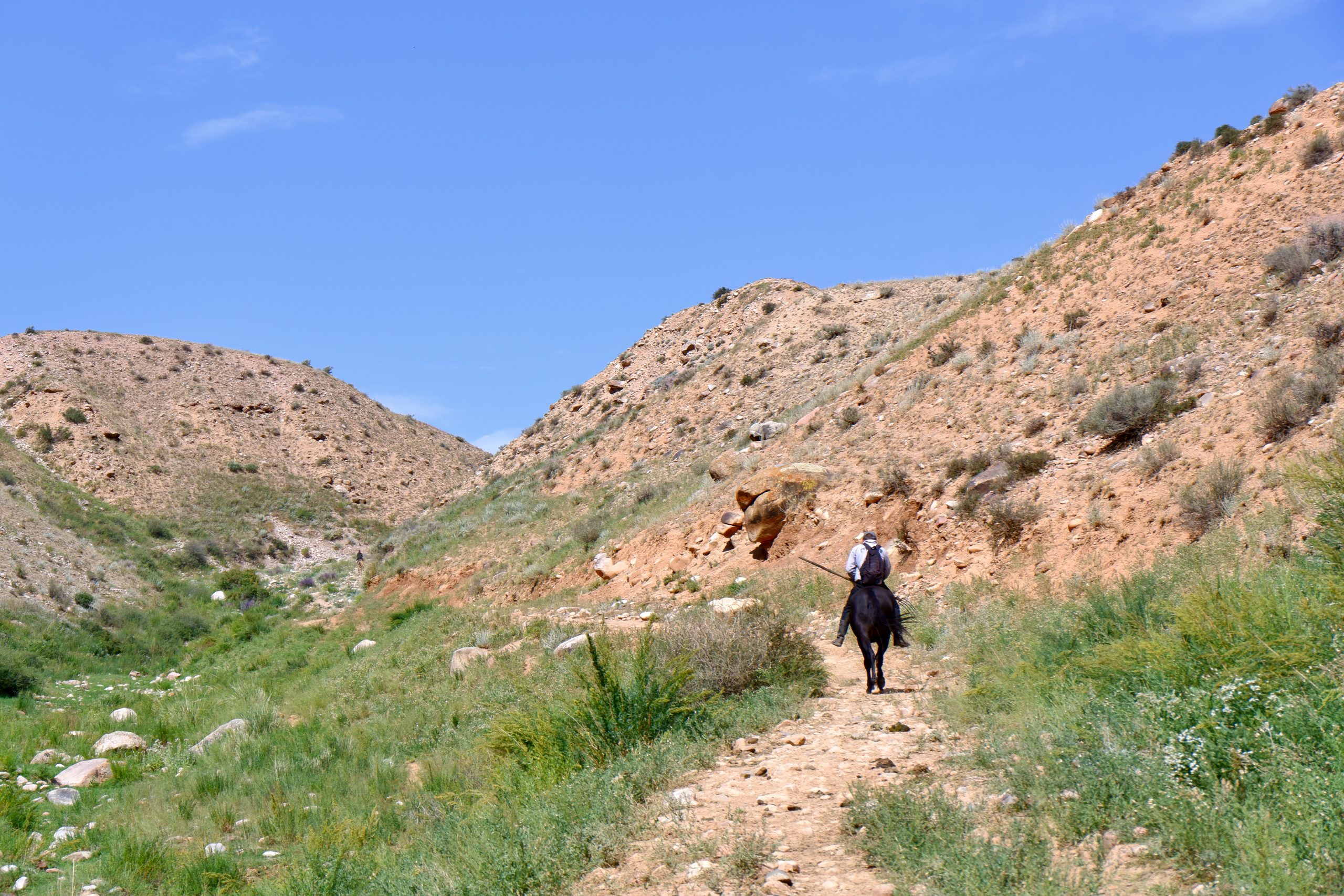 Rider
Rider
After a short time we arrived at the top and were amazed: a huge agricultural valley spread out and went into the landscape for kilometres. I didn’t take an overview photo of this, because somehow it didn’t work out that way. But I did take several landscape shots:
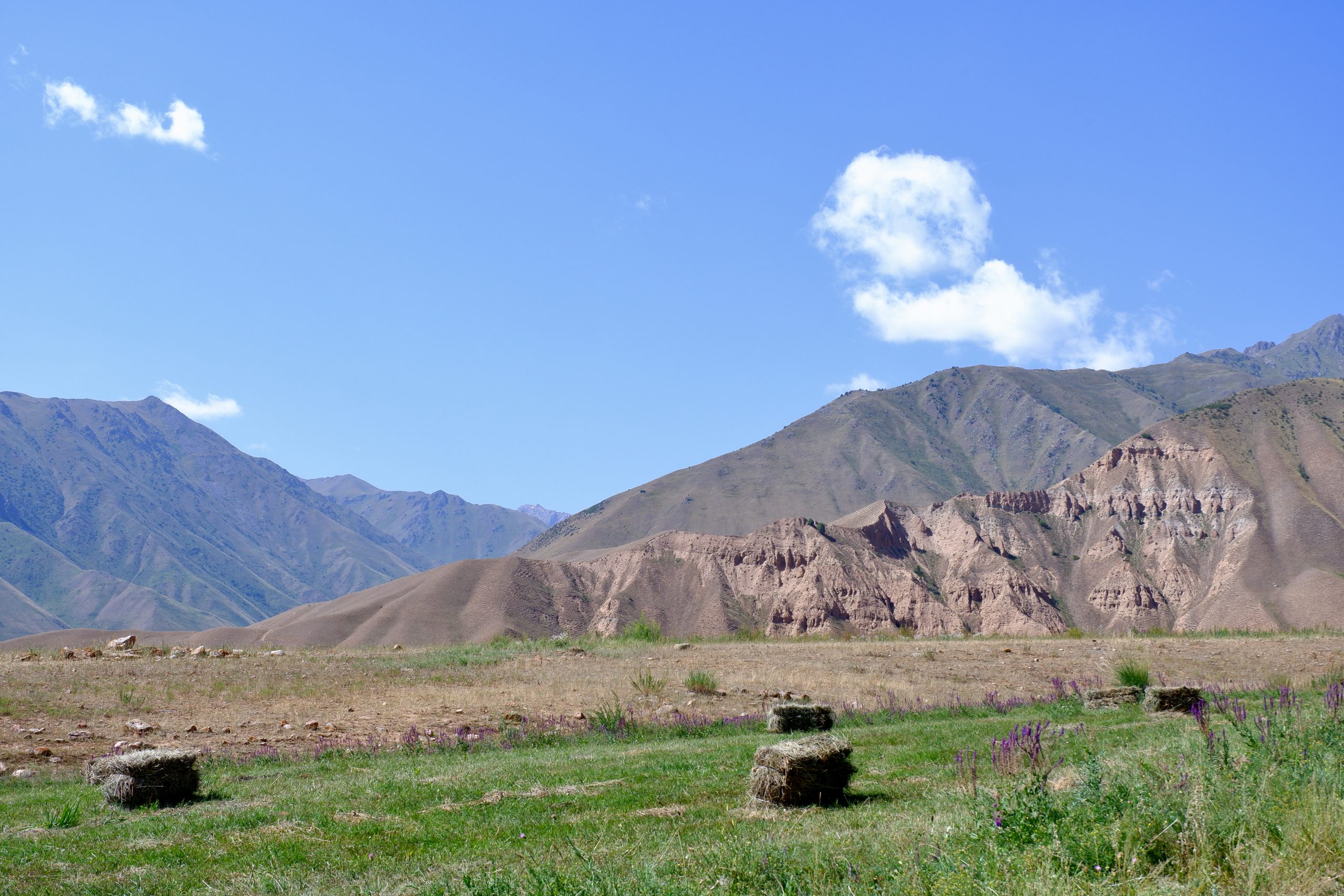 1
1
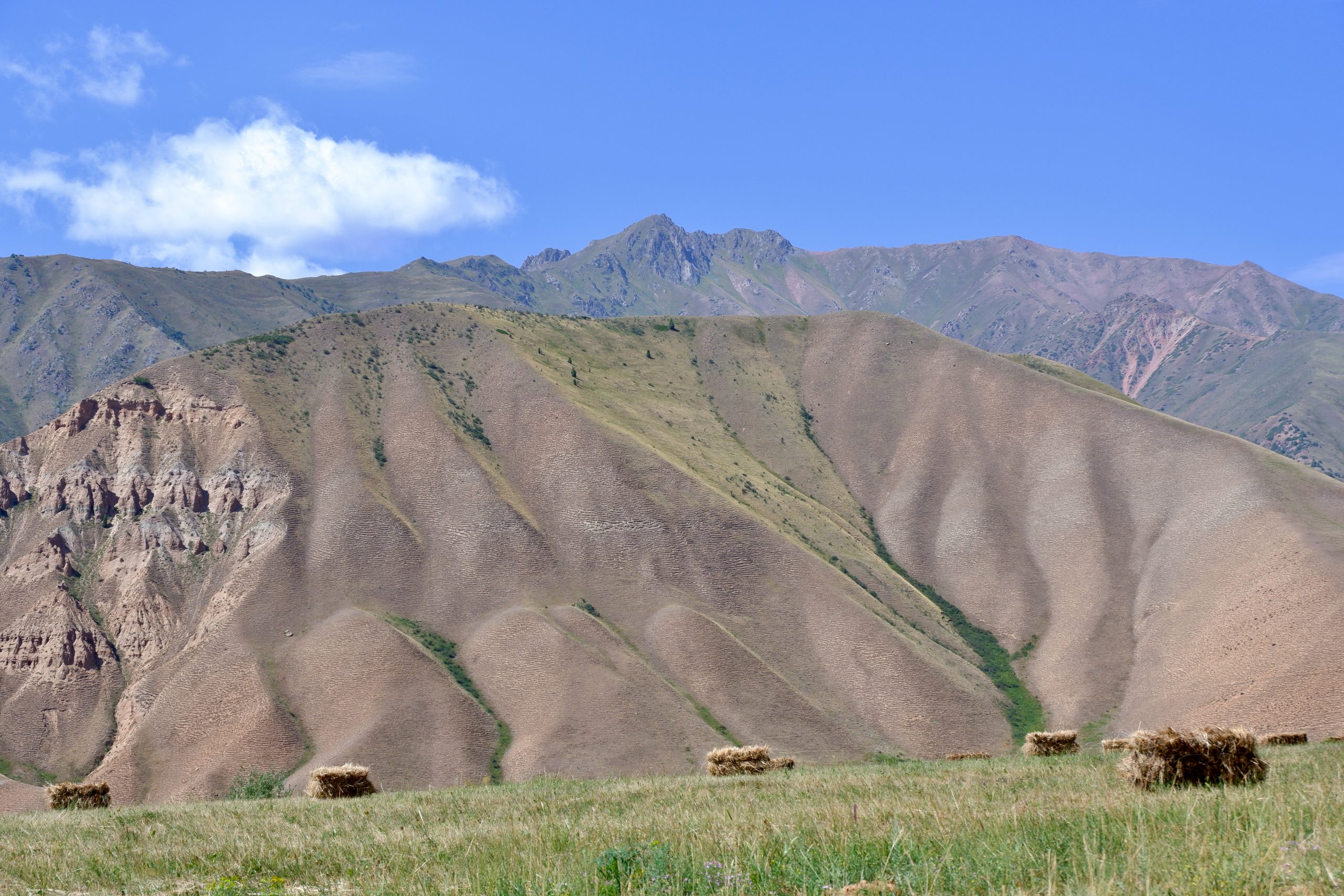 2
2
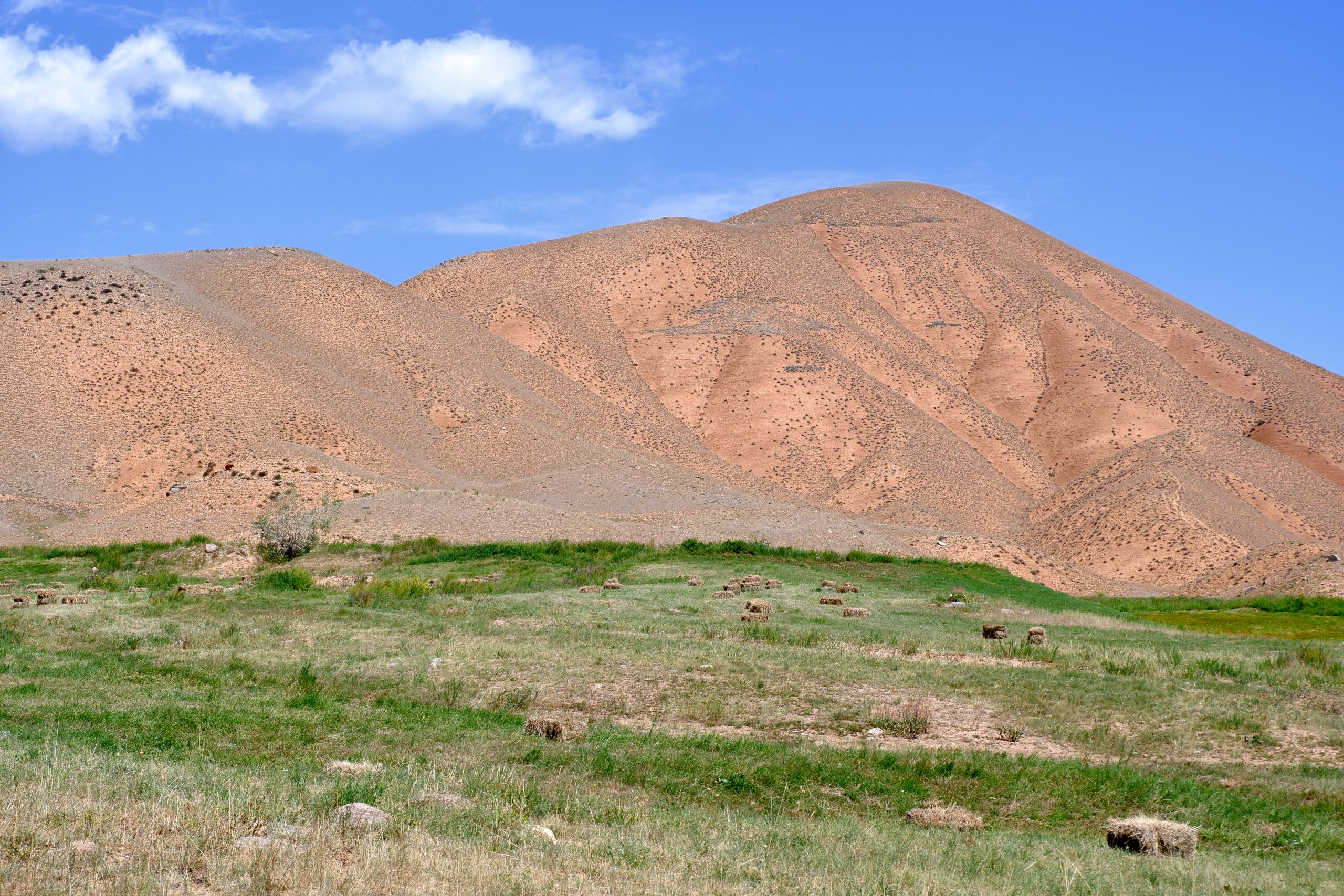 3
3
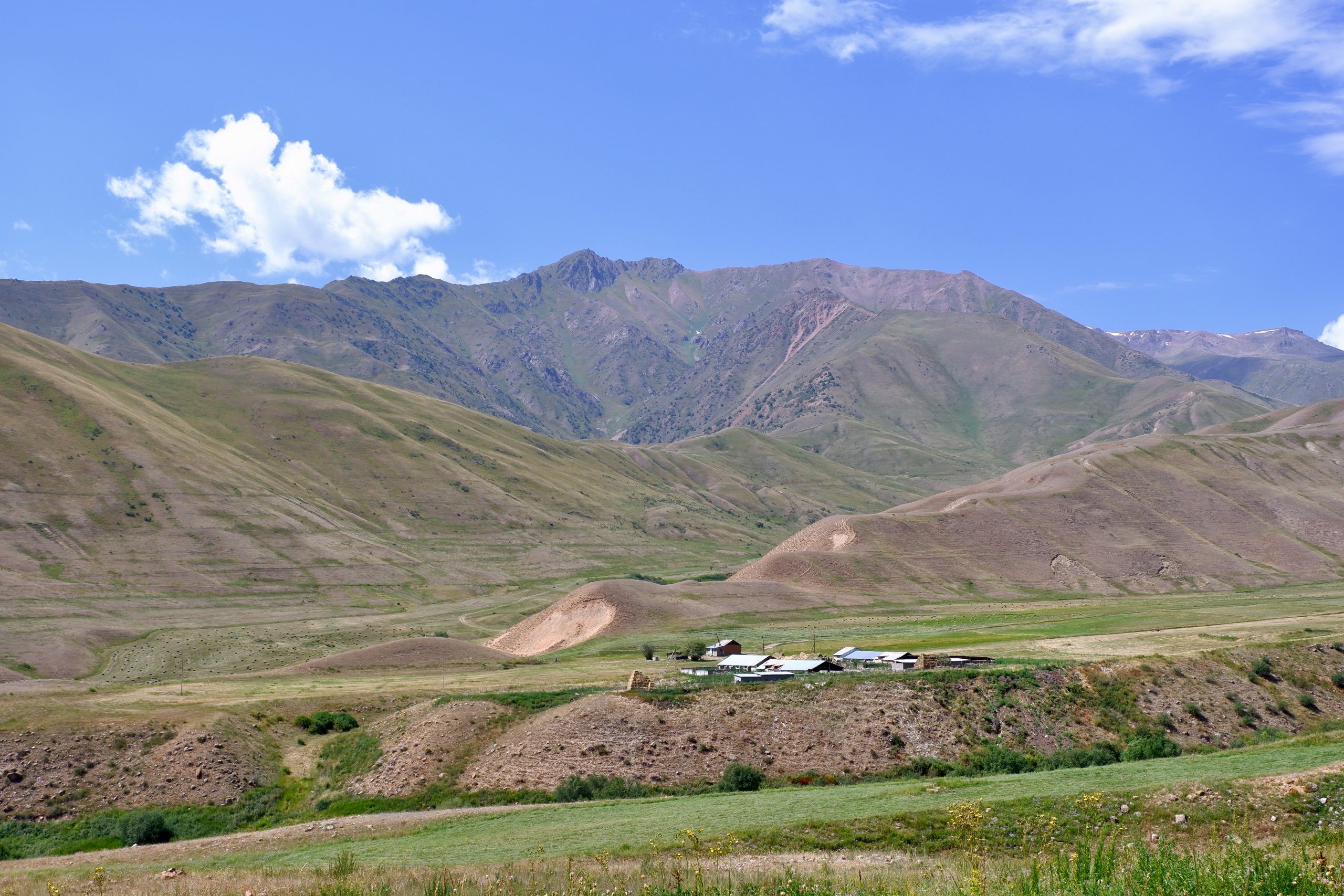 4
4
People had already mown most of the fields and baled the yield. There were a few agricultural vehicles to be seen and people at work. And there were farmsteads, some very large, some a little smaller.
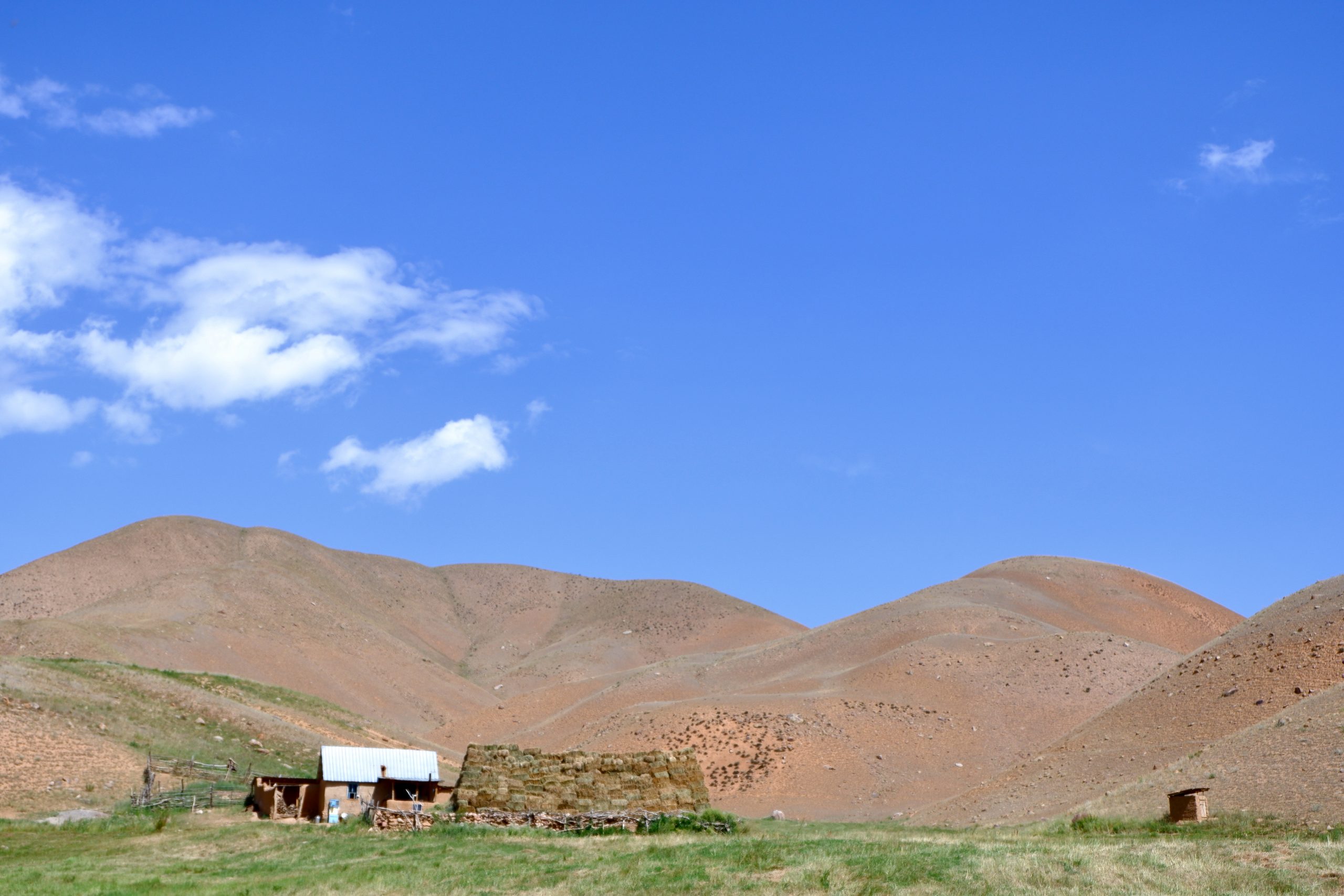 farmstead
farmstead
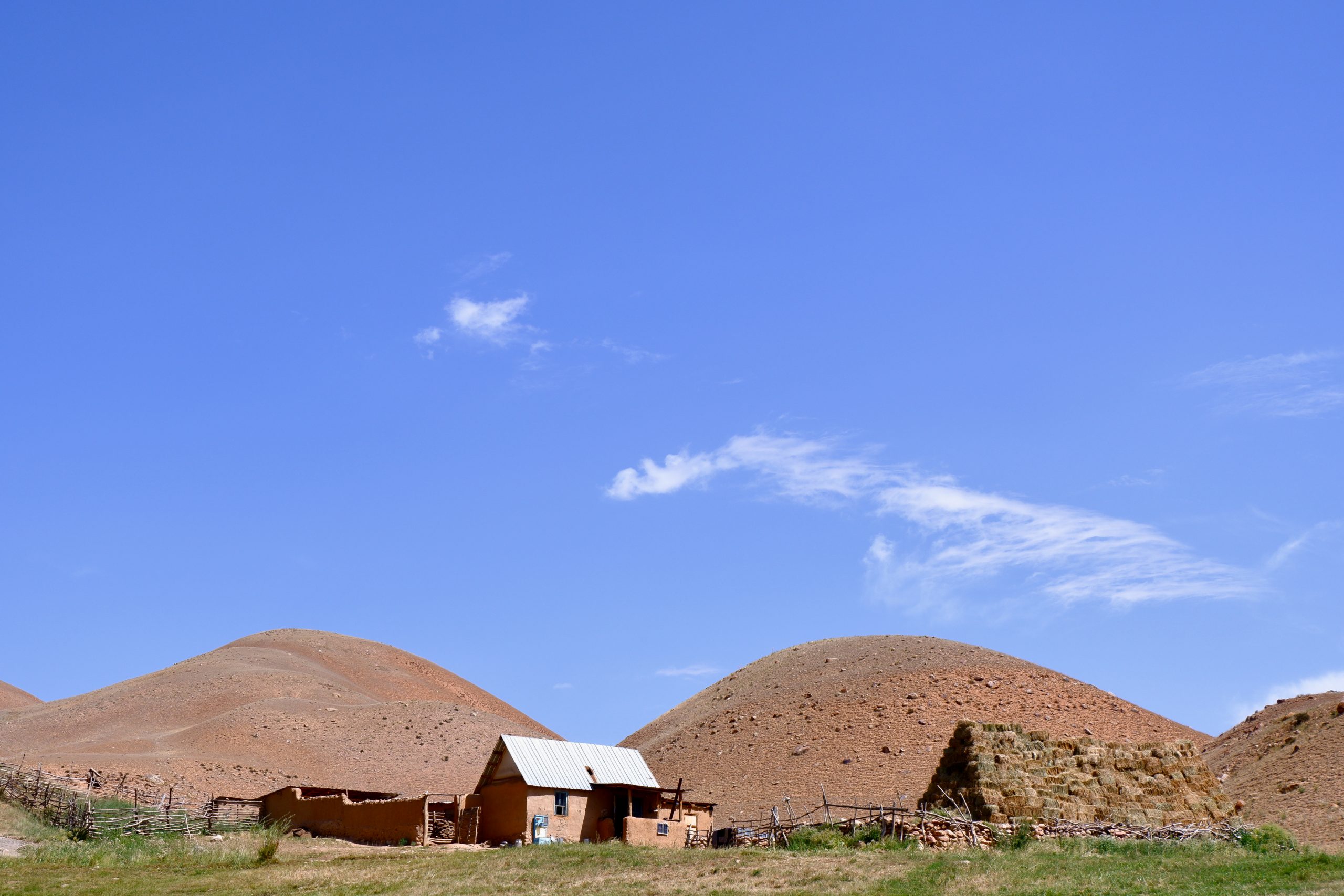 from closer by
from closer by
There was not so much abandoned and derelict here but people were busily working to stock up for the winter. We found a nice picnic spot:
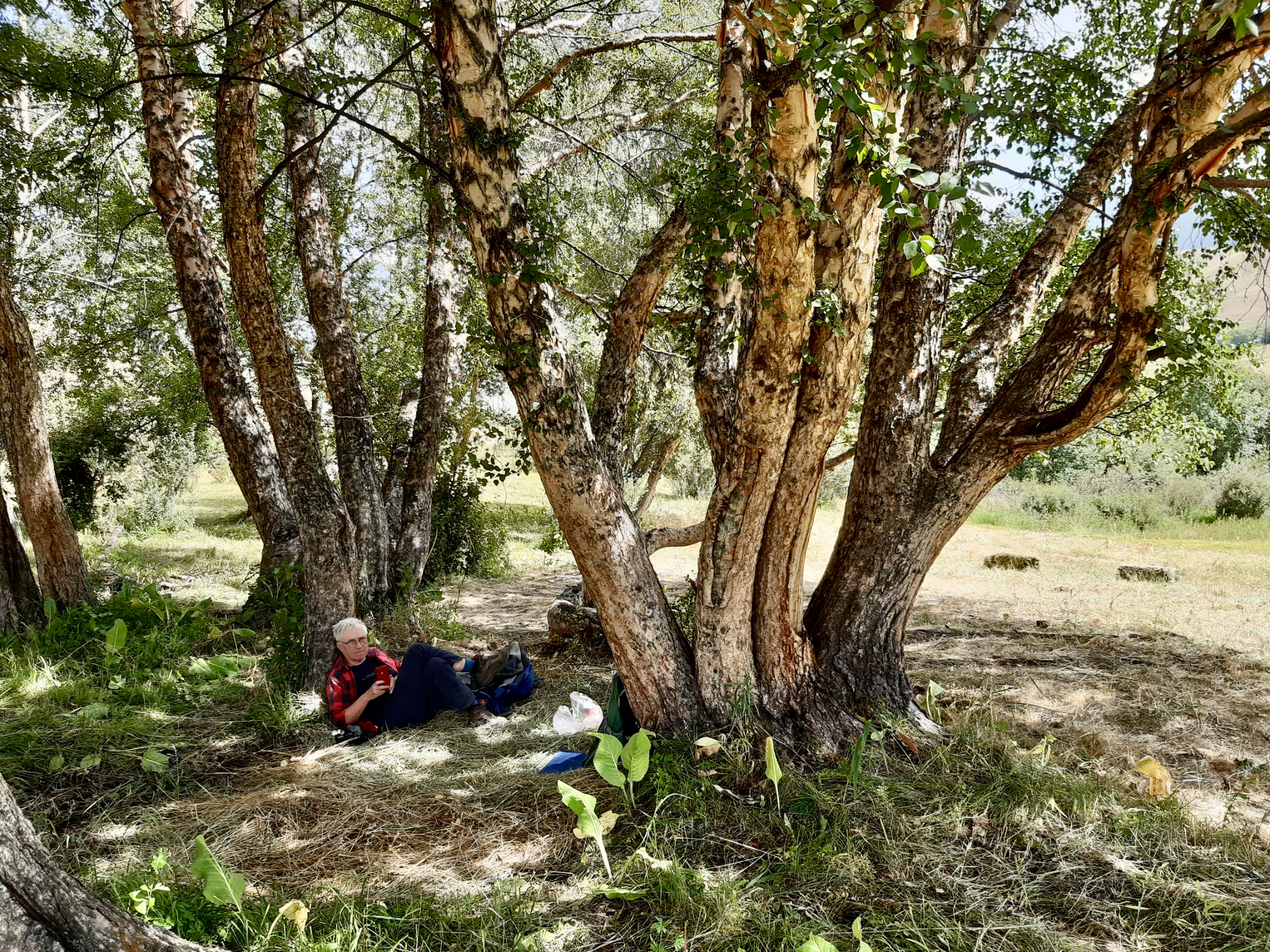 picnic-spot
picnic-spot
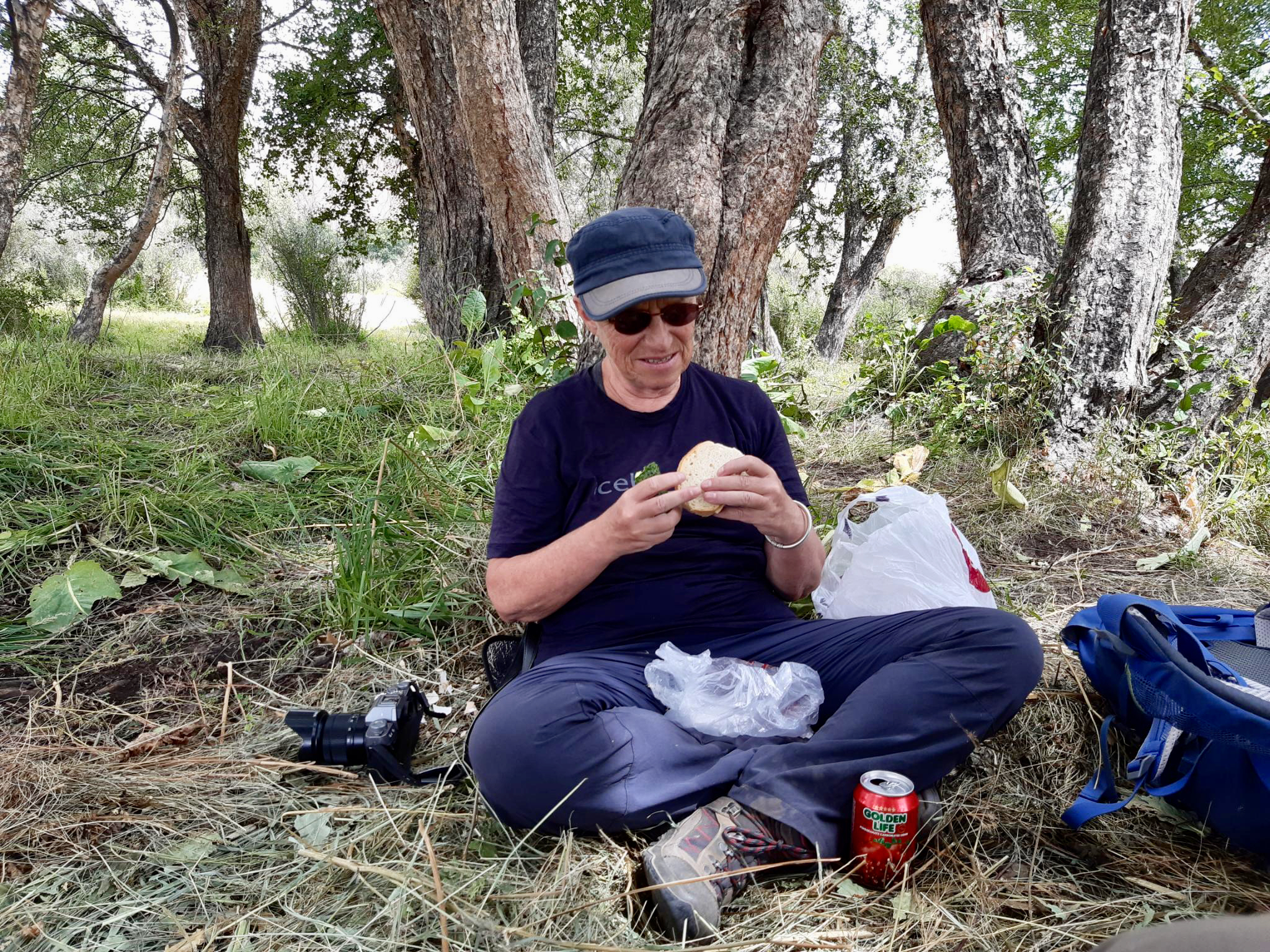 picnic
picnic
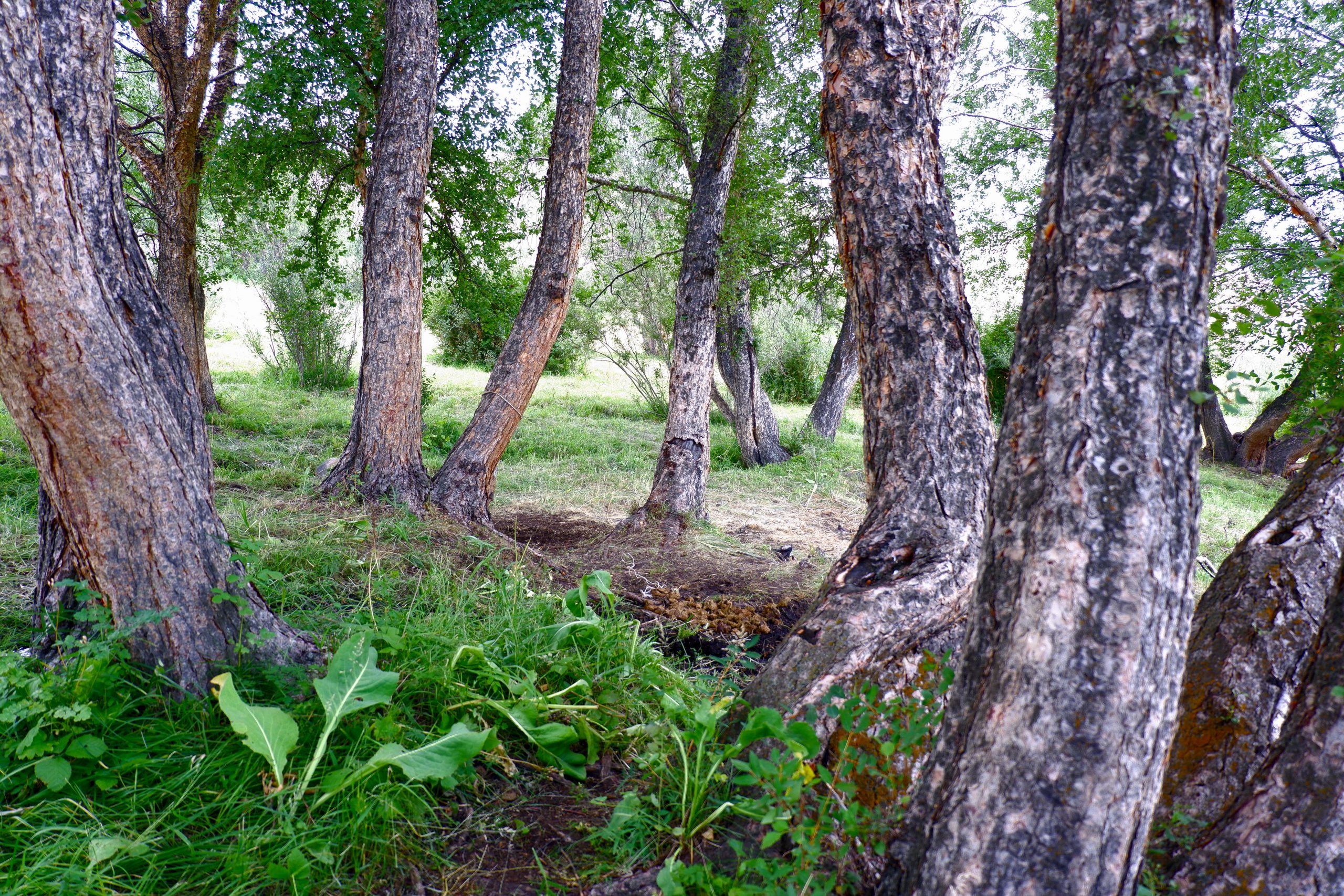 trees
trees
For me it was a day full of great joy: hiking in mountain scenery with surprises! A “bad” surprise was that the marked bridge was not there and the ford was too wide and deep without enough stones to jump. People cross it either by car or horse. One of them rode past us.
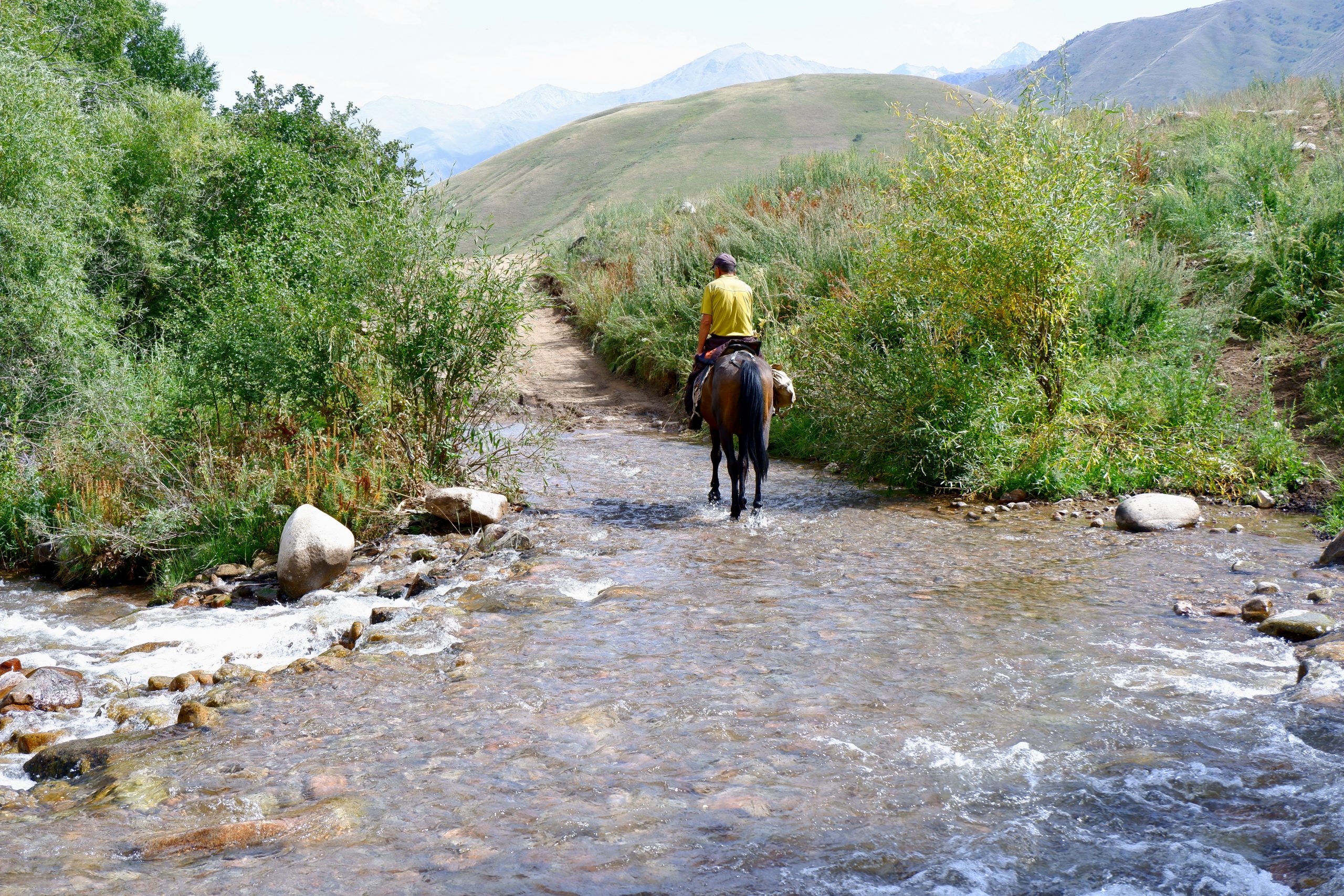 horse-crossing
horse-crossing
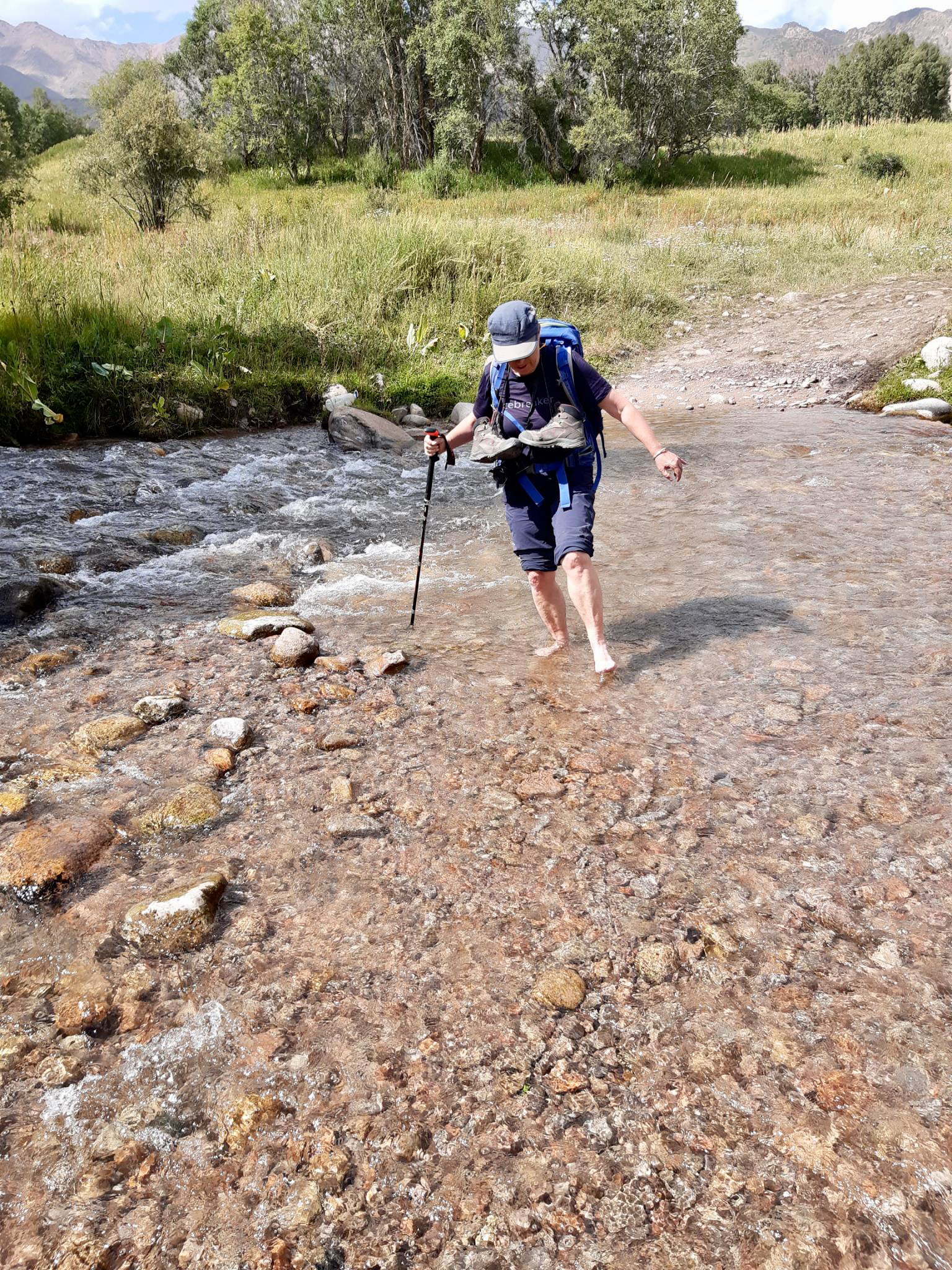 feet-crossing
feet-crossing
But a little Kneipp bath now and then also revives the feet quite well. On the way up, there was only one path on the river side, down was a dust road with fortunately very little traffic. Even though it was the same valley and clear, the view down was quite different from the view up. Clouds cast beautiful shadows on the mountains and I was happy.
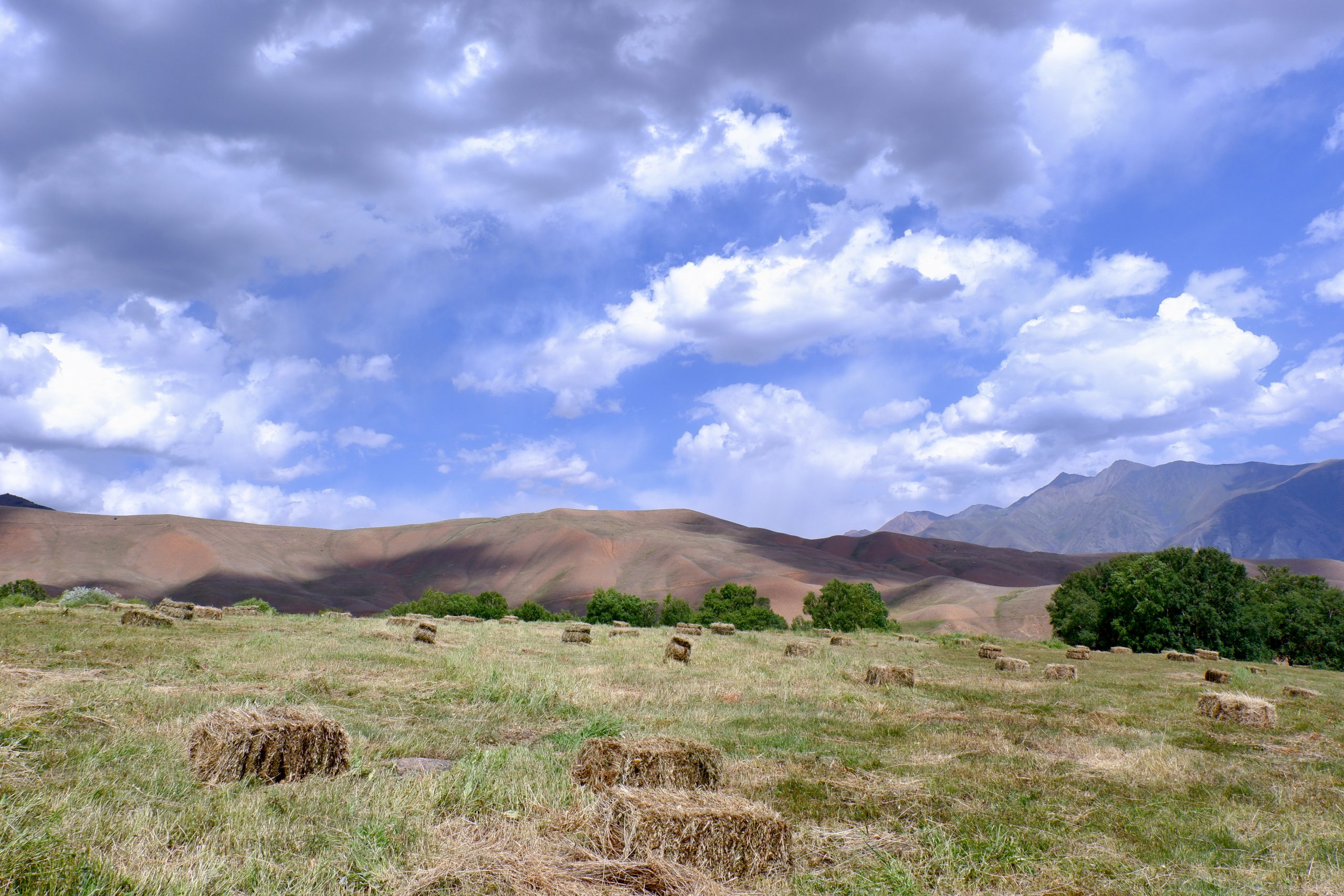 1
1
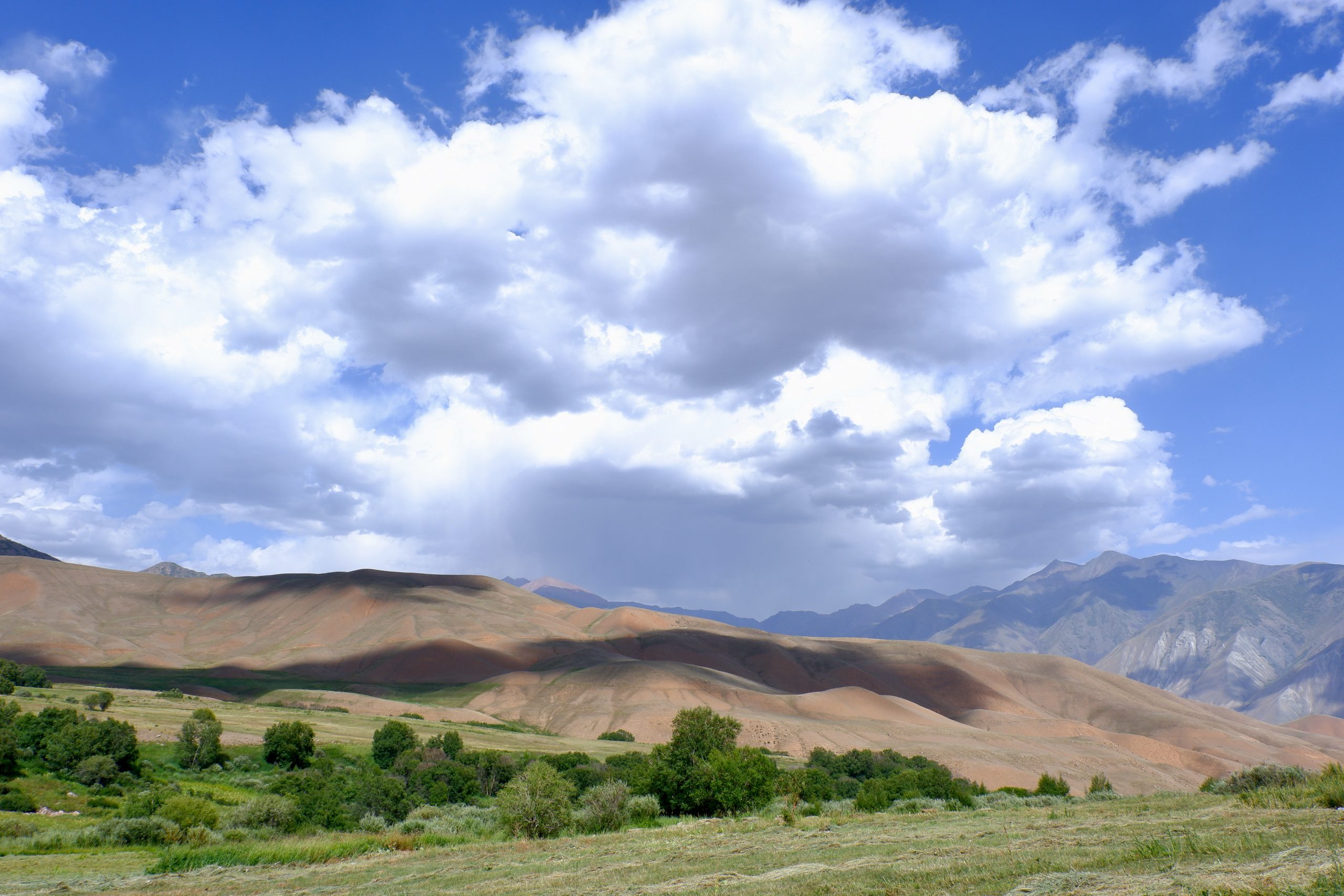 2
2
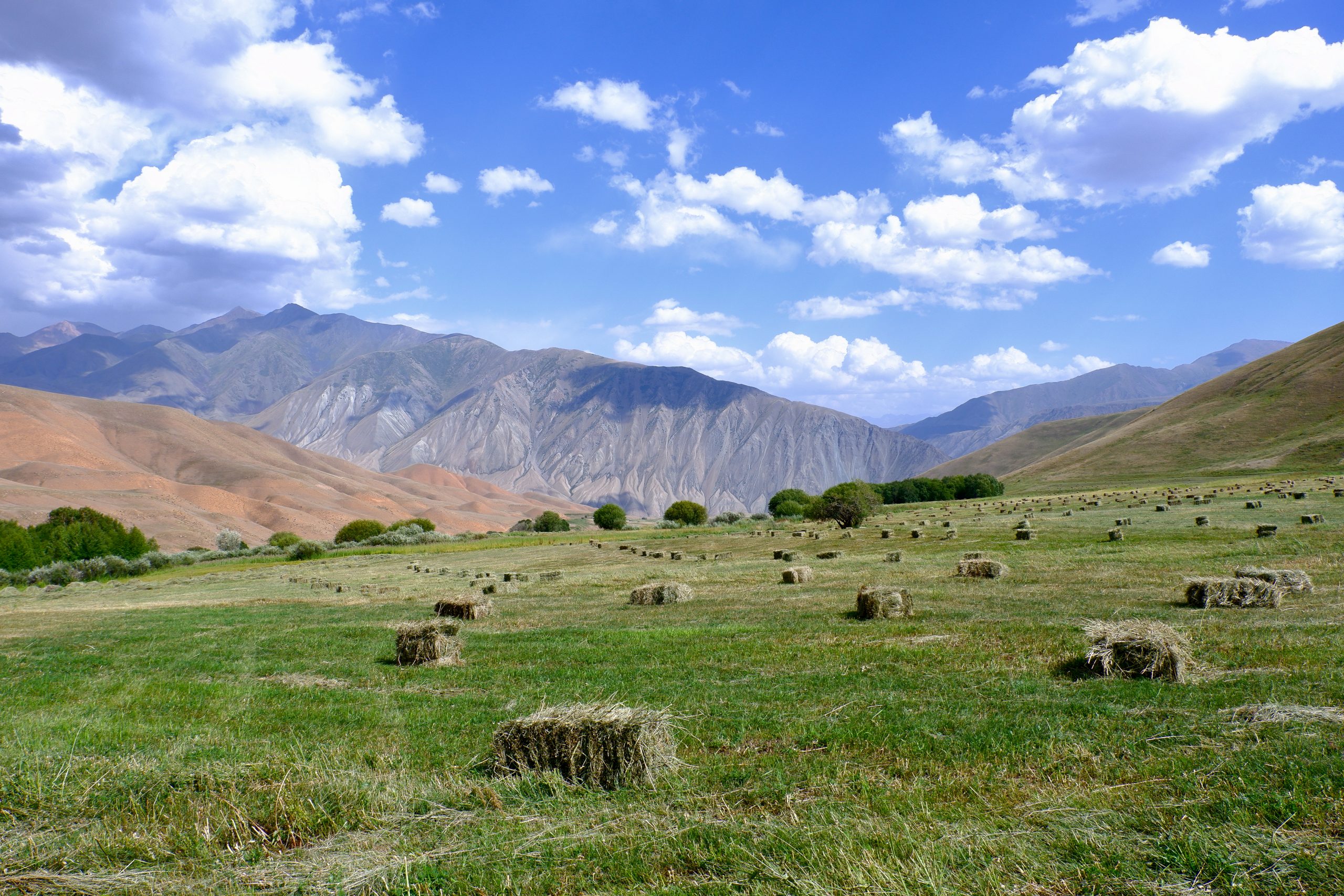 3
3
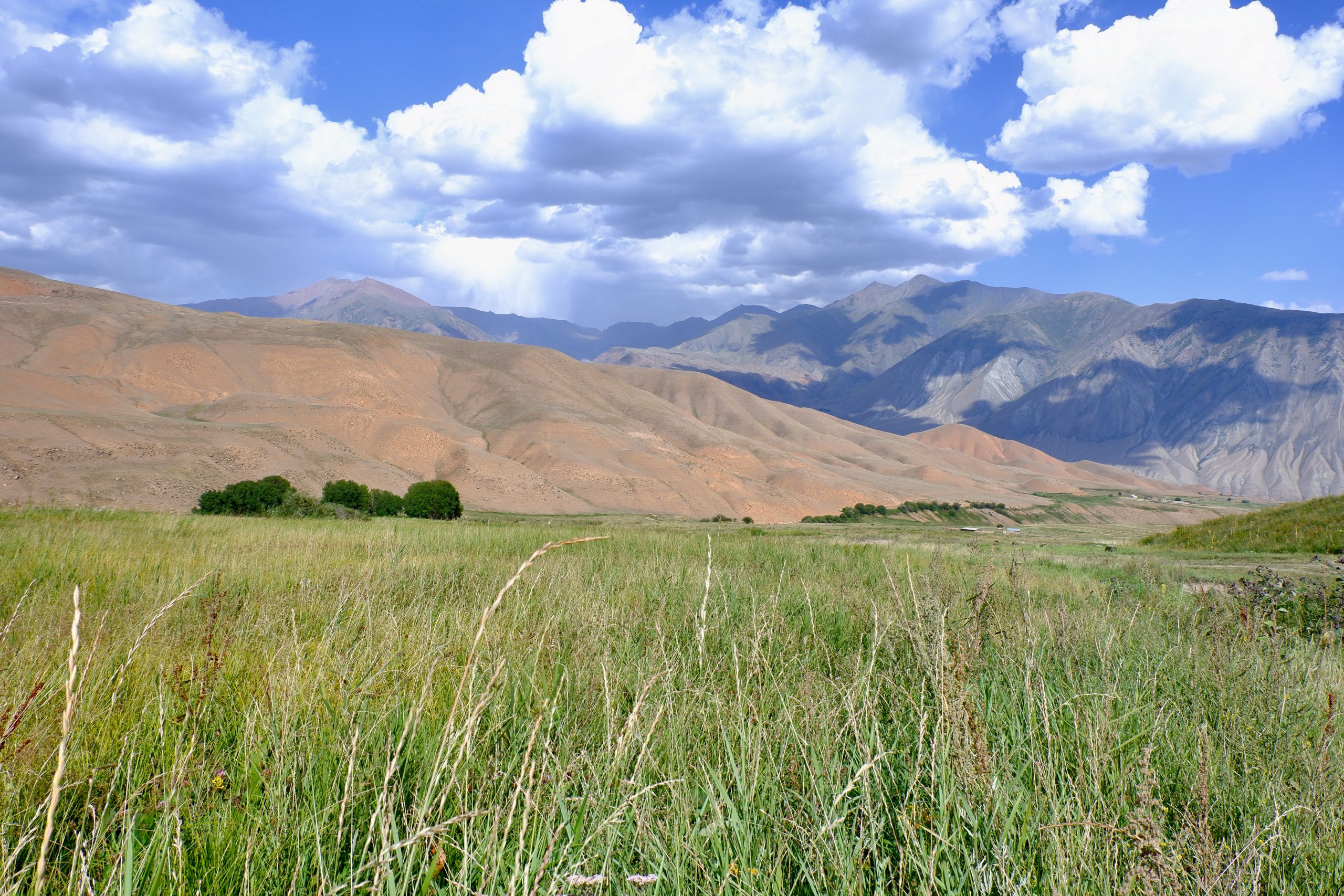 4
4
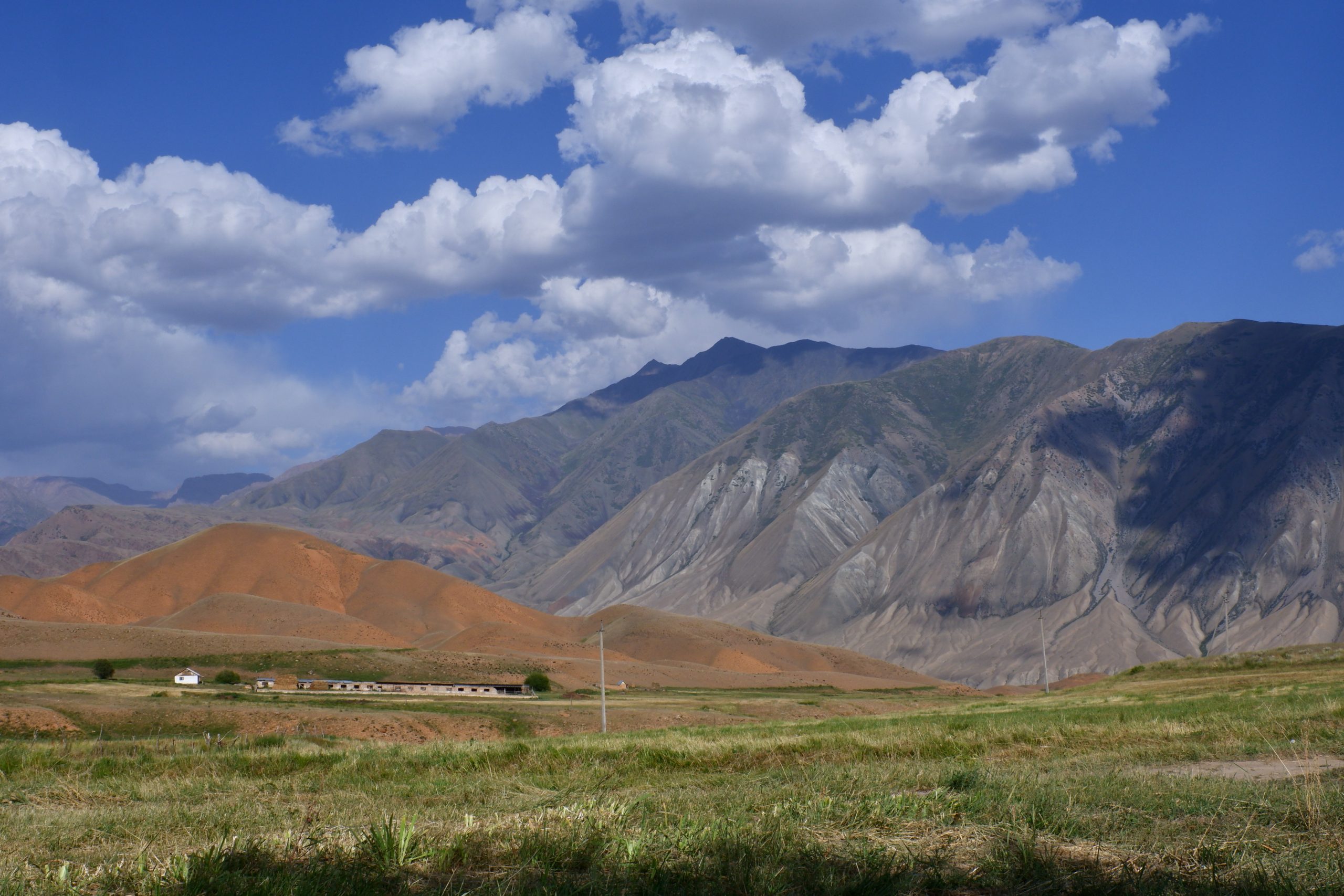 5
5
Then, however, the dust road became an icing sugar road, i.e. there was a super-fine soft dust on the road and with every step it swirled upwards. That was a bit tough. And especially bad when a car came along.
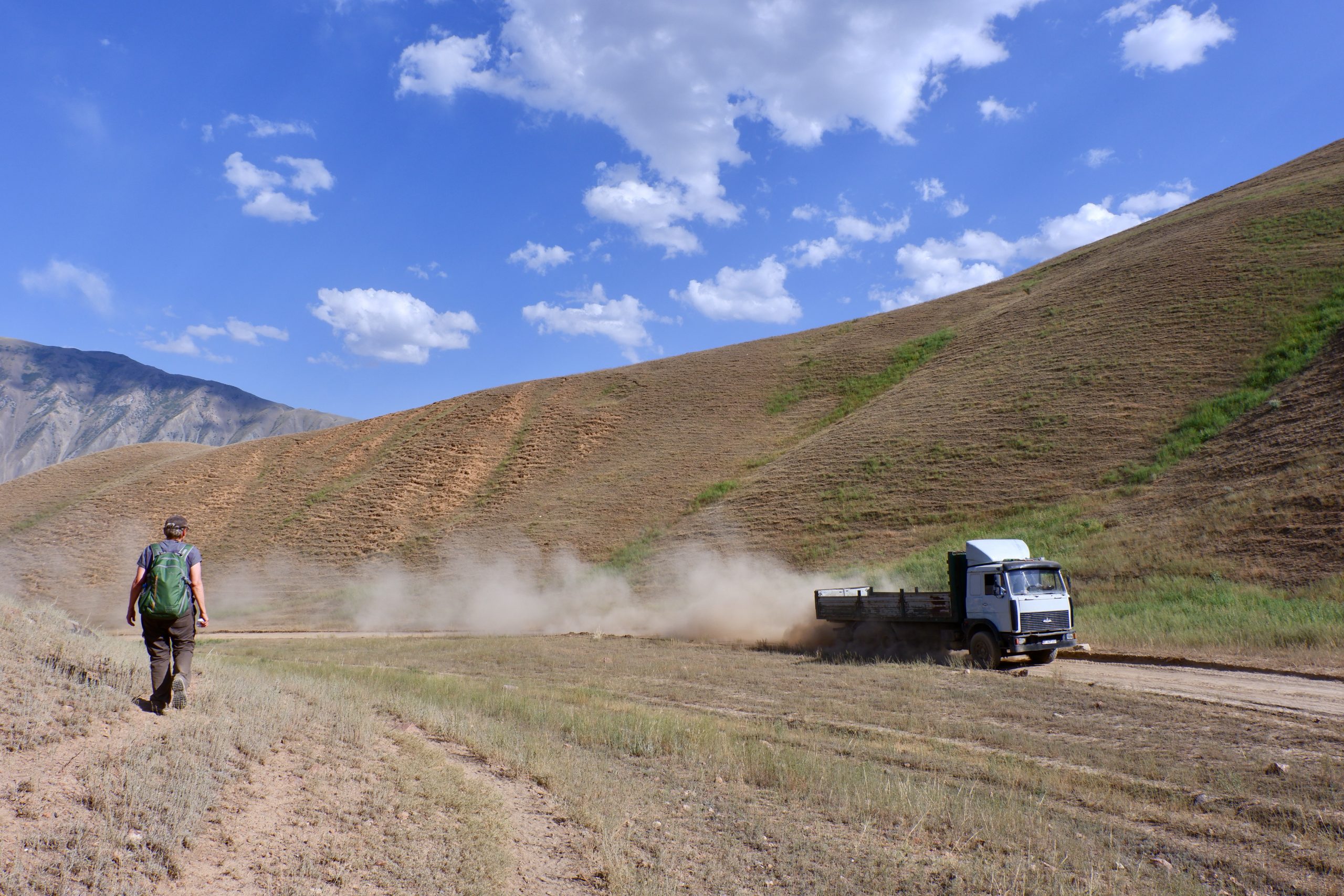 dustcar
dustcar
A man with a small child by the hand walked in front of us. We reached the village again with a great row of poplars.
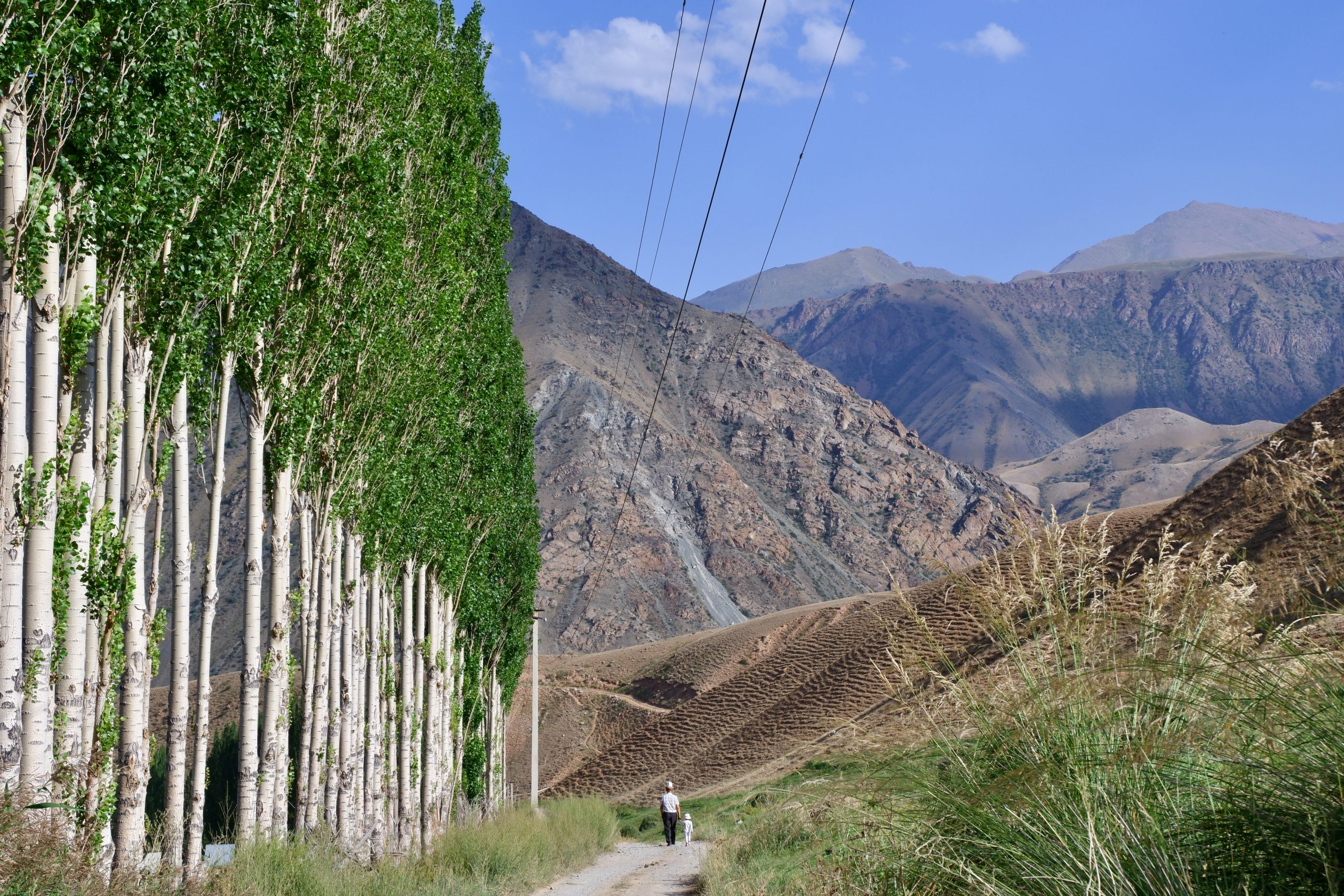 Man and child
Man and child
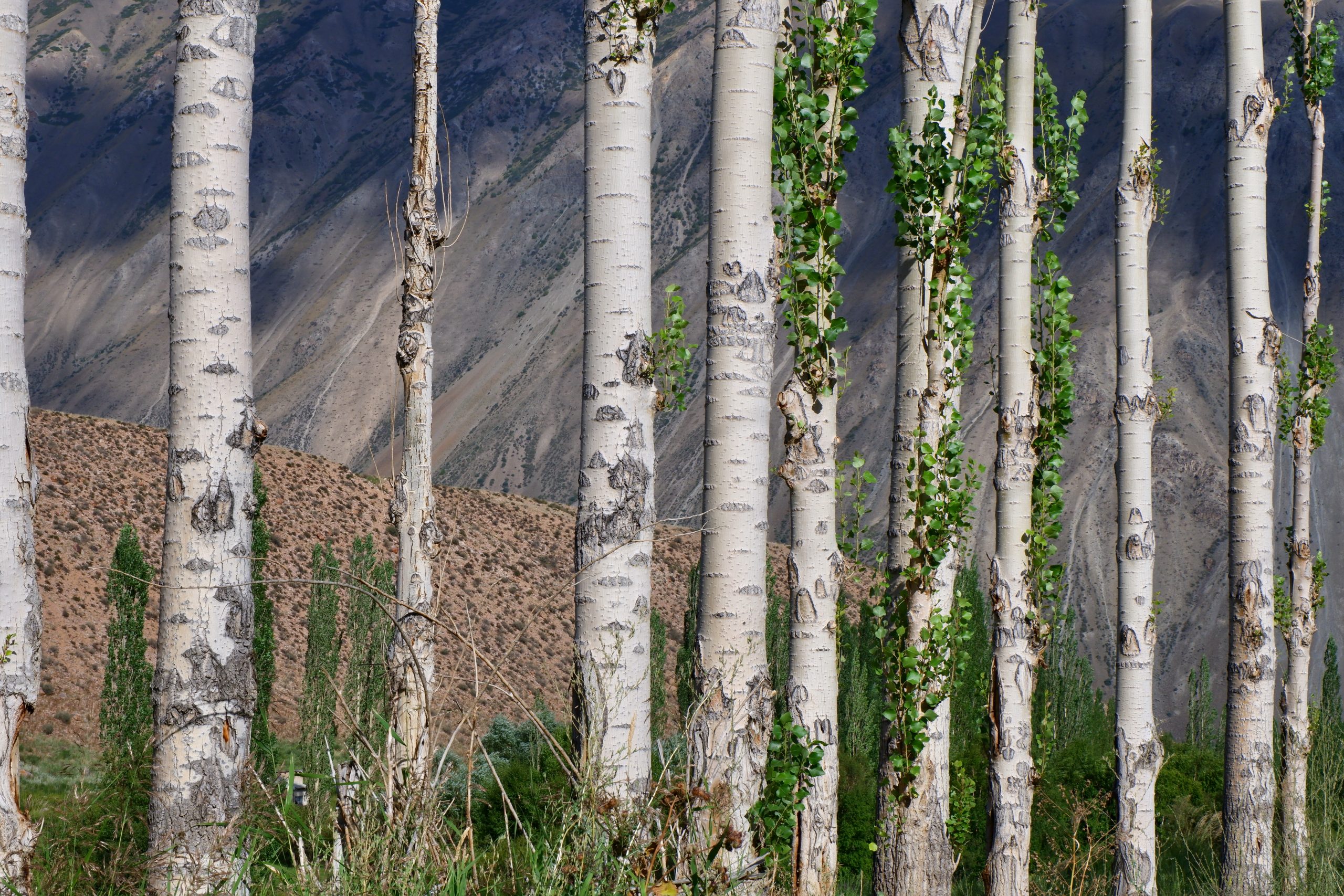 Poplars
Poplars
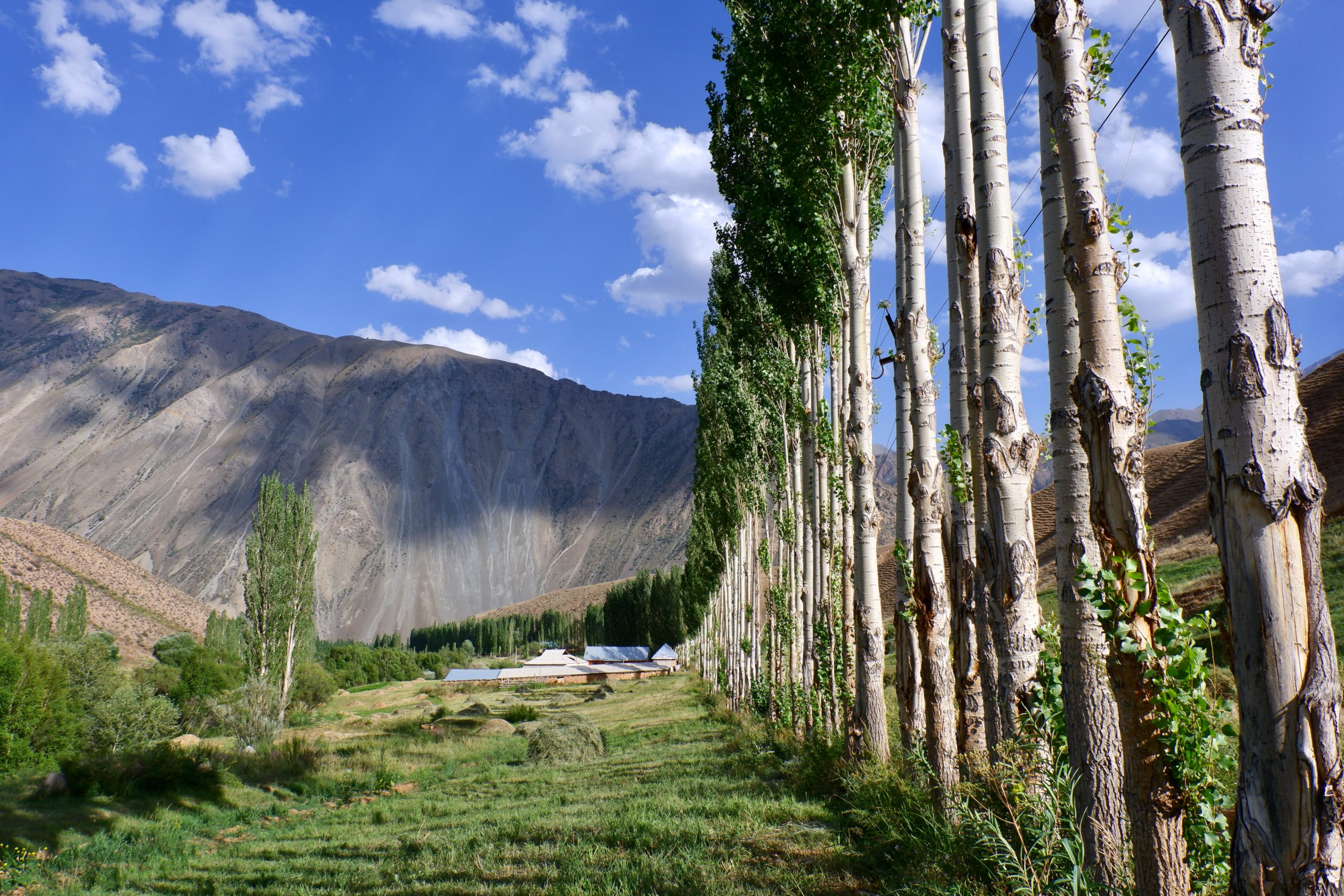 Poplar-row
Poplar-row
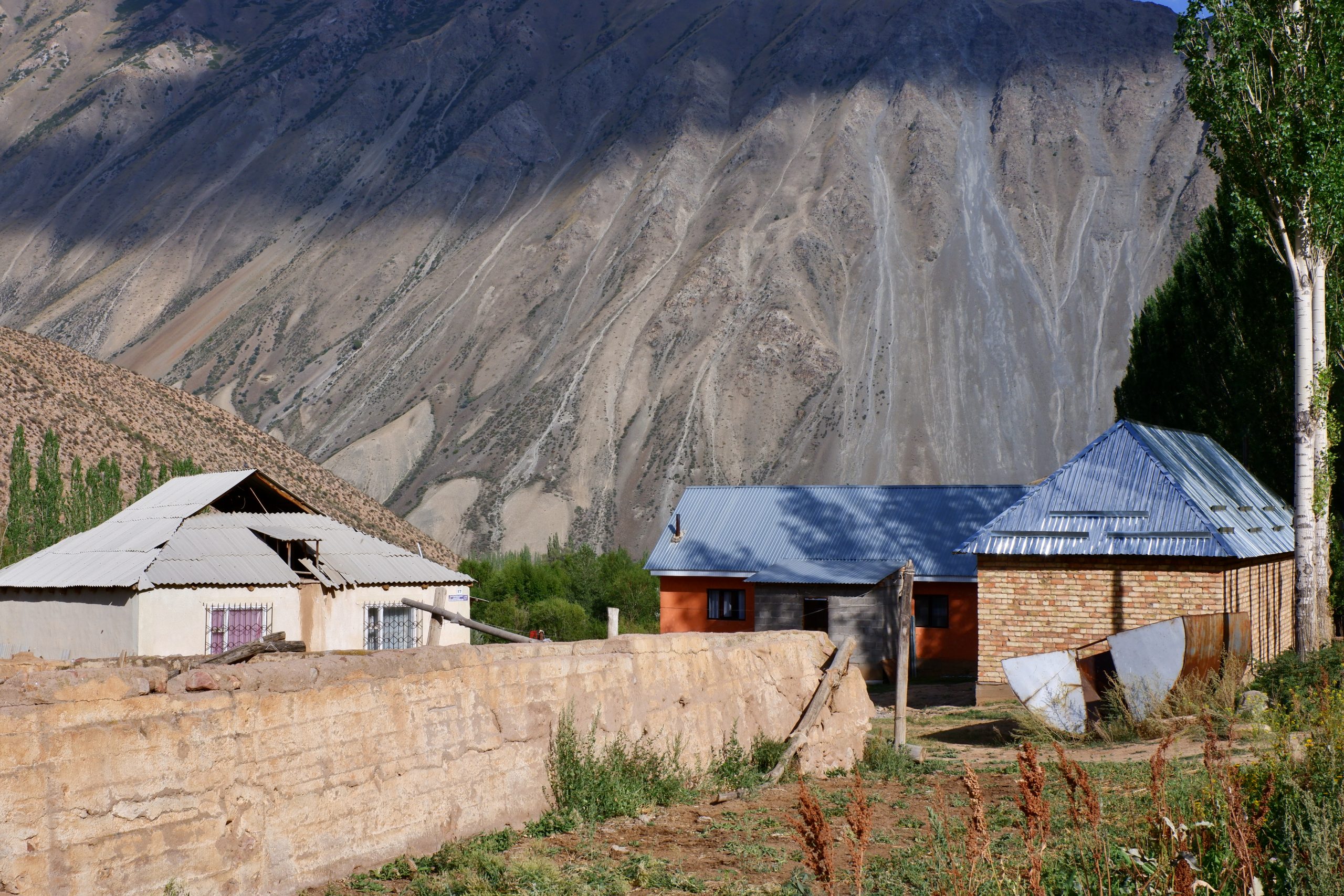 Houses
Houses
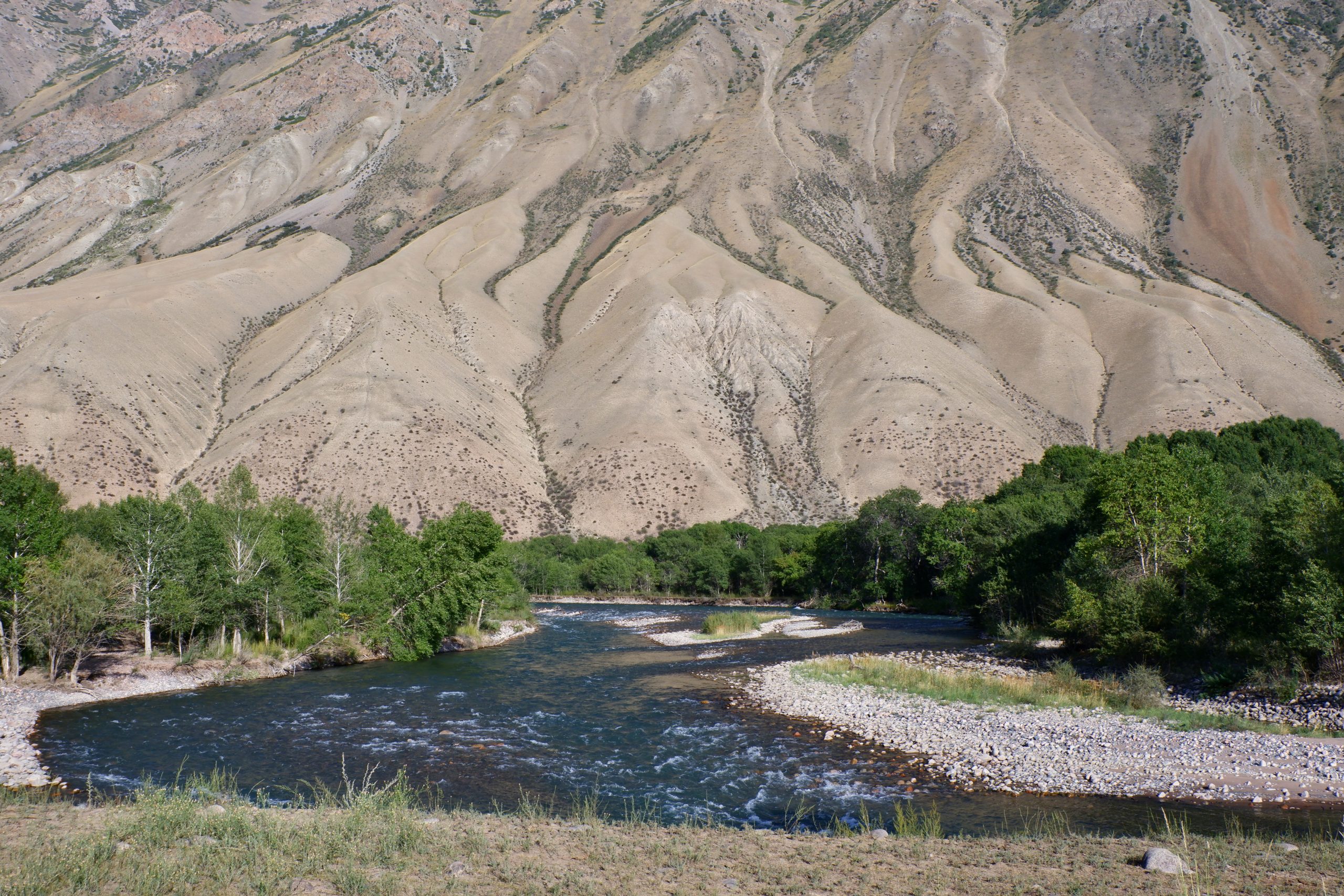 river
river
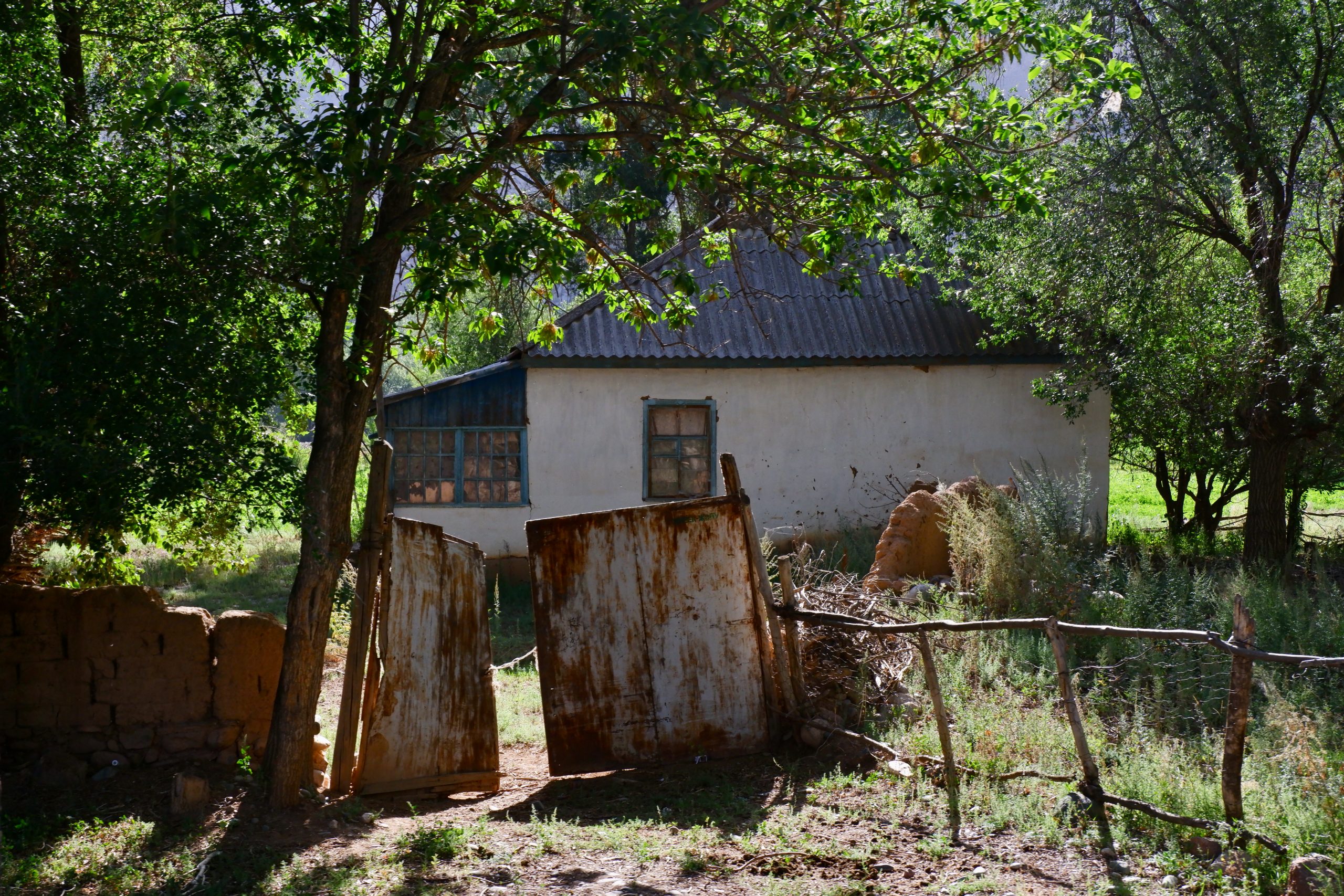 House
House
Some sports fields in Kyrgyzstan looked like they hadn’t been used for ages. This one had a great artificial turf:
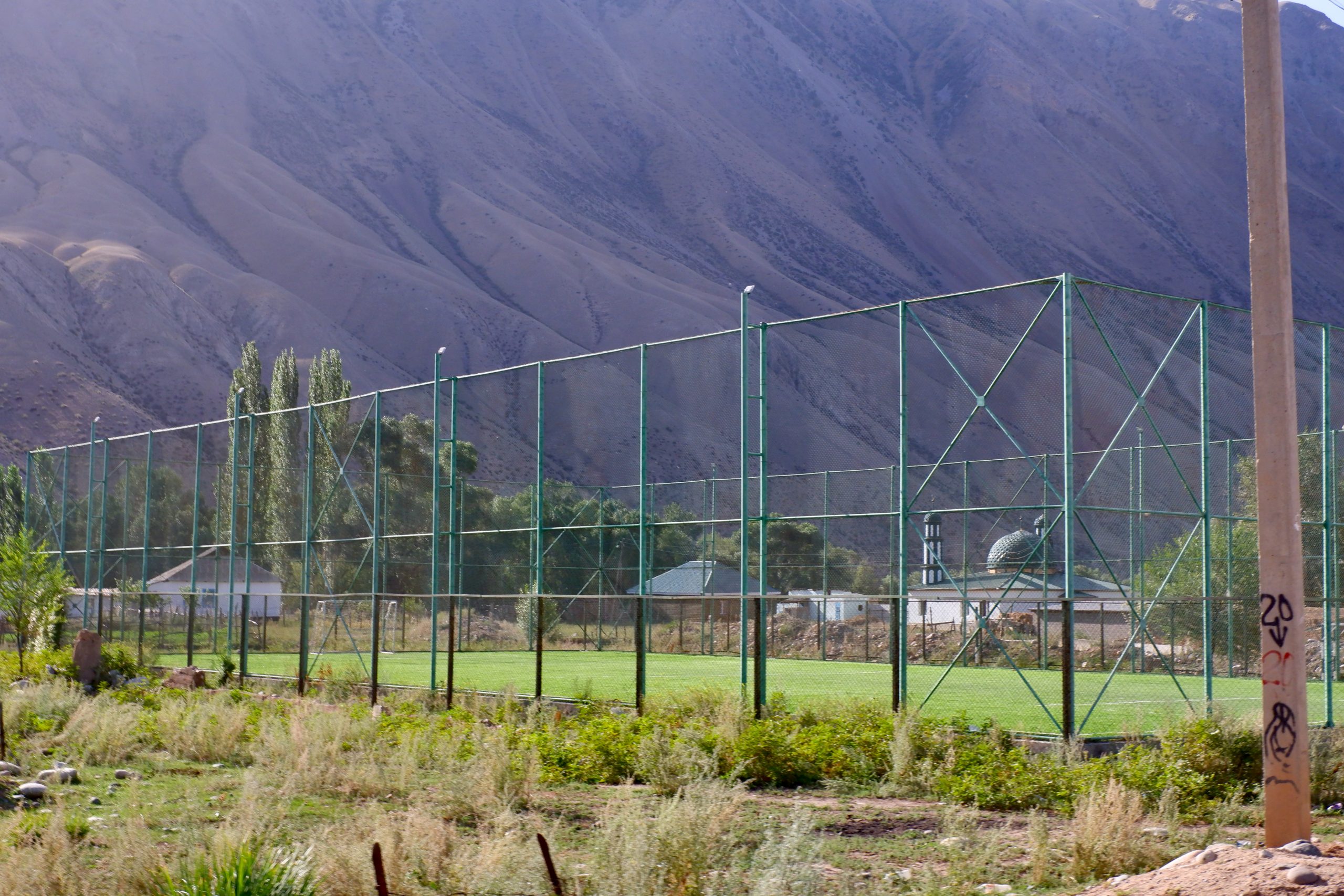 Sporfield
Sporfield
Kyzyl Oi so quickly became my favourite village in Kyrgyzstan – not only because of the many similarities with Ladakh.
That was now our last hike and the next day we went back to Bishkek for a last ride with Erik.
